MEWS NEWS

2023
SPRING
THE FIRST WORD IN MEWS
03 04 WELCOME TO MEWS NEWS 06 BACK TO THE FUTURE & MOVING FORWARD by Zoe Dare Hall - Award Winning Property Journalist 10 LETTINGS MARKET UPDATE by Mollie Swallow 12 LOOKING AFTER YOUR RENTAL PROPERTY by Dawn Sparks 14 EVERCHANGING MEWS The Material World of the Mews by Martyn John Brown 20 LB LOVES... BELGRAVIA Our tried & tested recommendations 24 MEWS IN BLOOM Spring into action 26 PROPERTIES FOR SALE 38 PROPERTIES TO LET CONTENTS SPRING 2023
LONDON’S PRIME PROPERTY MARKET IS PERKING UP ALONG WITH SNOWDROPS AND SPRING SUNSHINE
 Edited by Amanda Sharpe
Edited by Amanda Sharpe
There’s no question that as far as residential lettings go, the market is blooming with record rentals being achieved and a queue of eager tenants looking to secure a new home early in the year. Find out more about this in the rentals update from Mollie Swallow, our own head of lettings.
The prime sales market is also holding its own. Our new head of sales, Billy Harvey shares some pithy insights and predictions with the queen of property journalism, Zoe Dare Hall in this Spring edition. Looking more closely at the positives happening in the London mews market against a backdrop of national economic uncertainty.

04
Bricks and mortar is literally the topic of conversation in Martyn John Brown’s ‘Everchanging Mews’ article, in which he surveys the way materials and building techniques have shifted over the decades. We’re off to elegant Belgravia in this edition’s LB Loves and taking you on a fragrant, foodie and fabulous shopping guide around Belgravia and some of its highlights and our favourite places to mooch, munch and meet.
Don’t forget a new year, means another Mews in Bloom competition, calling all would be green fingered mews residents to share planting ideas and get busy creating gardening magic in their mews.
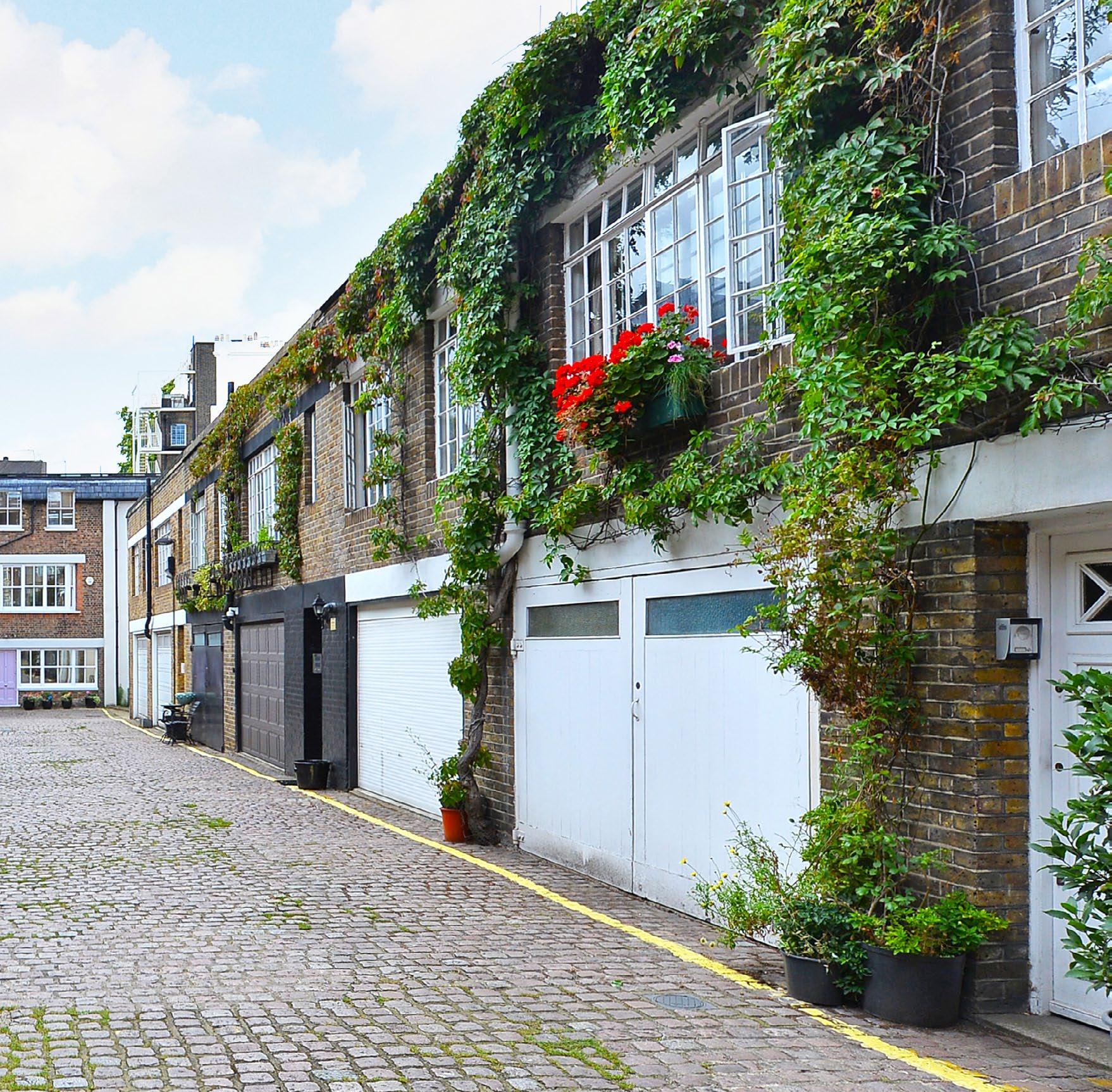
We wish you a splendid spring and as always you know where we are should you need to pick our brains about all things mews.
Enjoy the Spring of 2023.
05
The countdown has begun as the days get longer and signs of new growth appear in our window boxes and also across London’s property market.
BACK TO THE FUTURE & MOVING FORWARD
Striking workers and other widespread woes could feel like we have stepped back into another decade. So why does prime London’s property market suggest it’s not as bad as all that.
Zoe Dare Hall reports.

You might be forgiven for feeling like a time-traveller right now. With teachers, train drivers, nurses and even British Museum workers among the millions poised to join picket lines this month, there are echoes of the General Strike of 1926. Or maybe you feel it’s all looking more like the 1970s with inflation running high and food prices rising at their fastest in 50 years. Heavens, John Cleese is even bringing back Fawlty Towers! Who turned back the clocks without us noticing?
It has, in many ways, been a winter of disgruntlement. But just as there are early signs of Spring emerging from the dark days, there is a feeling in the prime property market that it really isn’t as bad as all that. “It’s a tricky market,” comments Billy Harvey, head of sales at Lurot Brand, “but it’s more positive than the headlines suggest. The economy is improving, interest rates are falling. We’re seeing many clients who are saying ‘let’s get on with it’.”

Although the prime London market will be lucky to see any growth this year, double-digit capital growth is forecast
over the next five years. Current values look attractive to many overseas buyers –particularly those from the US and other dollar-denominated countries; London has seen a record number of €5m+ sales over the past 12 months. The 600 transactions at that level last year beat even 2013, before stamp duty rises came into being, and post-lockdown 2021.
As eternal optimists, we all start the year with good intentions – hence the hoards who subject themselves to Dry January and Veganuary. Whether it’s optimism, though, or sheer stubbornness, “there is still a gap between vendors’ and buyers’ expectations of price. Vendors are taking time to work out what the market is doing,” says Harvey. But this year began “with offers flying around”, he adds. “One sale that fell through at the end of last year has now gone under offer for nearly £100,000 more. The market is pretty stagnant but we are not seeing any slashing of prices. Asking prices need to be sensible, obviously, but there are no major price drops or renegotiation of prices already agreed.”
07
The mortgage landscape is easing up too, and fixed rate costs are coming down. But that matters little to most buyers in prime central London, two thirds of whom have no need for finance. Price will always be key to vendors, but buyer profile is becoming a bigger part of the equation now, says Harvey. “Vendors like the security that comes with a cash buyer; they also want to know the reason for buying. A second home that’s only used for a few days a year is not an urgent purchase, so vendors may worry that it’s more likely to fall through.”
Equally, though, someone who can afford a second home in central London could be seen as a less risky bet. They don’t need to buy; they just want to. In the mews market, three-quarters of buyers are London - or UK-based and mainly cash buyers. “Mews buyers aren’t flaky; they are experienced,” says Harvey.

Positive news for mews vendors, too, is that while Notting Hill and South Kensington will always be highly sought-
after markets, most buyers of mews properties are not fixated on being in a particular postcode. They often fall within the empty-nest age bracket or, as wealth appears to be in ever younger hands, are a long way from starting a family. In either case, they are not driven by schooling and the need to be in a certain catchment area. “If they can’t find what they want in South Kensington, they will look at Hyde Park instead because it’s the same distance from the park. They fall in love with the look of the house and the street, not necessarily the postcode,” says Harvey. Those with houses in need of some work right now, however, will find it harder to sell. Totally unmodernised properties, where buyers/developers have factored renovation costs into the price, and newlyrenovated houses with no work needed are both popular at present. The sticking point is the middle ground. “People don’t want to spend the money on having to put in a new kitchen while the cost of building work and materials is so high,” says Harvey.
08
Harvey describes 2023 as “draw breath year”. Good properties are still achieving strong prices, “but if something has an issue or is slightly quirky, it will be penalised on price. Buyers are aware that they need to be sensible, not overstretch and not take on something that may have unforeseen costs,” he says.
One legacy of the Covid era remains, however, and that is the desire to have some home-working space. The pandemic has given us a taste of work-based freedom, and new research by LinkedIn shows that more than a third of UK workers would resign if told to return to the office fulltime. On viewing properties, says Harvey, most buyers will identify where the desk will go – or even better, which room will be their study (or studies; separate workspaces for flexi-working couples are in high demand).
Many mews properties lend themselves to live/work properties, with their easy street access, quiet environment and the charm and character of having big old stable doors and cobbled streets. Lurot Brand is marketing
a property in Notting Hill’s Ledbury Mews North, whose two combined apartments contain a residential studio and an office. There is also a garage in Russell Gardens Mews in Kensington with planning permission for conversion into a studio or an office.

It’s all change in the world of work in 2023 – but is it a return to the 1970s or a taste of the future? That’s up to you to decide.
BY ZOE DARE HALL
Property Freelance Journalist of the Year 2021, International Property Journalist of the Year 2021, Lifestyle & Interiors Journalist of the Year 2021 (Property Press Awards)
09

10
THE RENTAL TIDE IS HIGH & WE’RE RIDING A RENTAL WAVE
Mollie Swallow, Head of Lettings at Lurot Brand offers a current lettings market update:
“ 2023 started strongly and these early months have been nothing but positive for our lettings business.”
RECORD CLICKS AND RENTAL PRICES
Activity across our website and the property portals has seen big increases in click rates and the volume of enquiries we’ve received has risen significantly. Recent data provided by Rightmove indicated that since the pandemic, the private rental sector has said goodbye to 25% of lettings stock, despite the level of rental enquiries remaining constant. Not surprisingly, this consistent demand for more rental stock has triggered a spike in rents, which is even more apparent at the lower end of the rental market and at the £1000 per week level. Not since 2015-16, have we witnessed this kind of surge, and recently we’ve seen even this overtaken. A recent triumph was a price increase of 34% compared with anything the landlord had ever achieved before.
HOW IS IT LOOKING FOR THE COMING SPRING?
So much activity, the question – is this sustainable must be on every letting agent, landlord and tenant’s lips. There’s little doubt that heading into spring the residential sales market is becoming slightly quieter compared with 2022. But as far as rentals goes, it’s riding the crest of a rental demand wave. With a lot of mews houses being secondary homes, our niche market can often see our stock levels as a percentage compared to other agencies always remain in the much higher bracket. If there is a slight dip in the sales market, lettings can come in and rent our vendors’ homes for a year or two, while the sales market begins to stabilise itself again; we see this play out more and more often. Rather than letting your house sit empty, you can achieve a great yield and capitalise on your asset whilst also marketing for sale at the same time.
MAGIC NUMBER IS £1000 PER WEEK
As I said, the very buoyant sector of the market is £1000pw and under; although it is definitely true that we are receiving a robust number of serious enquiries for £1000-2000pw houses. At the higher end of this range or above £2000 per week, the demand is less busy, but seasonally this is very typical and as we’d expect.
TIP FOR LANDLORD’S PRICING
Once spring and summer come into the picture, we will most definitely see an increase at this end of the market and strong interest from prospective serious tenants. Typically, this is the period when companies begin to move employees and their families overseas and therefore, relocation becomes far busier.
At the moment, this sector of the market is much more price sensitive. Based on this, my professional advice would be to factor this in when it comes to pricing correctly; by remaining in tune with the current rental market, try not to overreach on price and you will avoid a void period.
Mollie Swallow Director - Head of Lettings

mollie@lurotbrand.co.uk
020 7479 1996
11
LOOKING AFTER YOUR RENTAL PROPERTY
Here are some ‘TLC’ top practical tips from Dawn Sparks, Head of Property Management at Lurot Brand:

GUTTER ALERT!
Ensure you check the gutters regularly. Gutter cleaning is the process of removing debris that builds up within the gutters, to ensure the free movement of water into the downpipe. Clogged gutters, caused by a build-up of debris, can hamper effective rainwater drainage. Over time, guttering left and neglected will lead to blockages and can cause expensive damage and damp problems to your property.
LET THERE BE AIR
Do ventilate rooms as regularly as possible - especially bathrooms, to prevent condensation and potential mould problems; use the extractor fans when possible. Proper ventilation keeps the air fresh and healthy indoors. Like the lungs, homes need to be able to breathe to make sure that fresh air comes in and dirty air goes out. Air indoors can build up high levels of moisture, odours, gases, dust, and other air pollutants, which can cause avoidable health problems.
DEAL WITH DAMP
Damp is definitely to be avoided and should always be reported at the first hint of discolouration to ceilings, walls and plaster. Left untreated it can cause problems for the building’s structure and significantly damage the fabric of your home. Damp patches will grow as the water continues to enter and leave you with an expensive and tricky problem to fix.
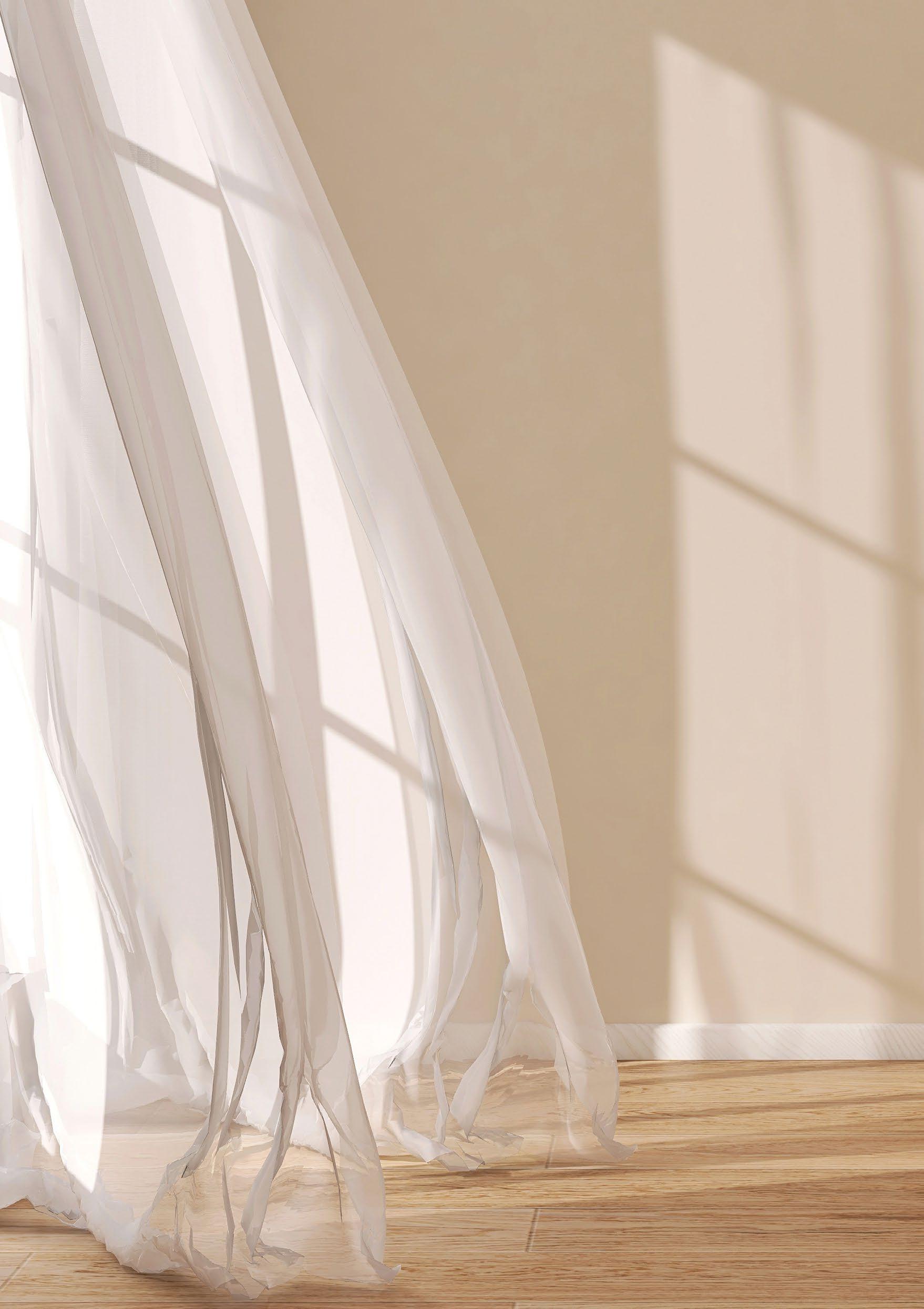
RESPECT YOUR ROOF
Roof leaks can occur when severe weather conditions, storms and heavy rain hit. After torrential rain, you may notice a water stained patch on a ceiling caused by a broken tile or slate, or a pierced membrane or lead flashing that has worked itself lose. Remember water will always find a gap to go through. If you have a roof leak and the water is coming through the lights, please switch of electrics immediately. Roofs require regular maintenance by a qualified reputable roofer.
12
As a landlord it’s important to give plenty of ‘TLC’ to your property to make sure your tenants feel right at home and means you make the most from your investment throughout the year
ALL CLEAR ON THE WINDOW FRONT
Maintaining your windows throughout the year is one of the best ways to prolong the life of your windows. If you check window frames for damage or rot and maintain them regularly, you will not only improve the overall window appearance, but will save loads of money on repairs at the same time.
DUST FREE LIVING
Although it’s easy to whizz around with the vacuum every week and think your home is spotless, when it comes to dust traps under beds, wardrobes and heavy items of furniture, it’s the parts that you don’t see which become dust-traps and clutter magnets. So every so often, carefully shift these pieces and move them to clean where they’ve been sitting collecting dust. Moving your furniture around allows you to really get into every nook and cranny, and give your room a really good clean.
SEAL AND STOP IT
Check the seals around the bath and sinks as with constant use of sinks, bathtubs and showers you may notice the sealant becomes discoloured. The sealant may need maintenance to prevent leaks which could more damage in the property.
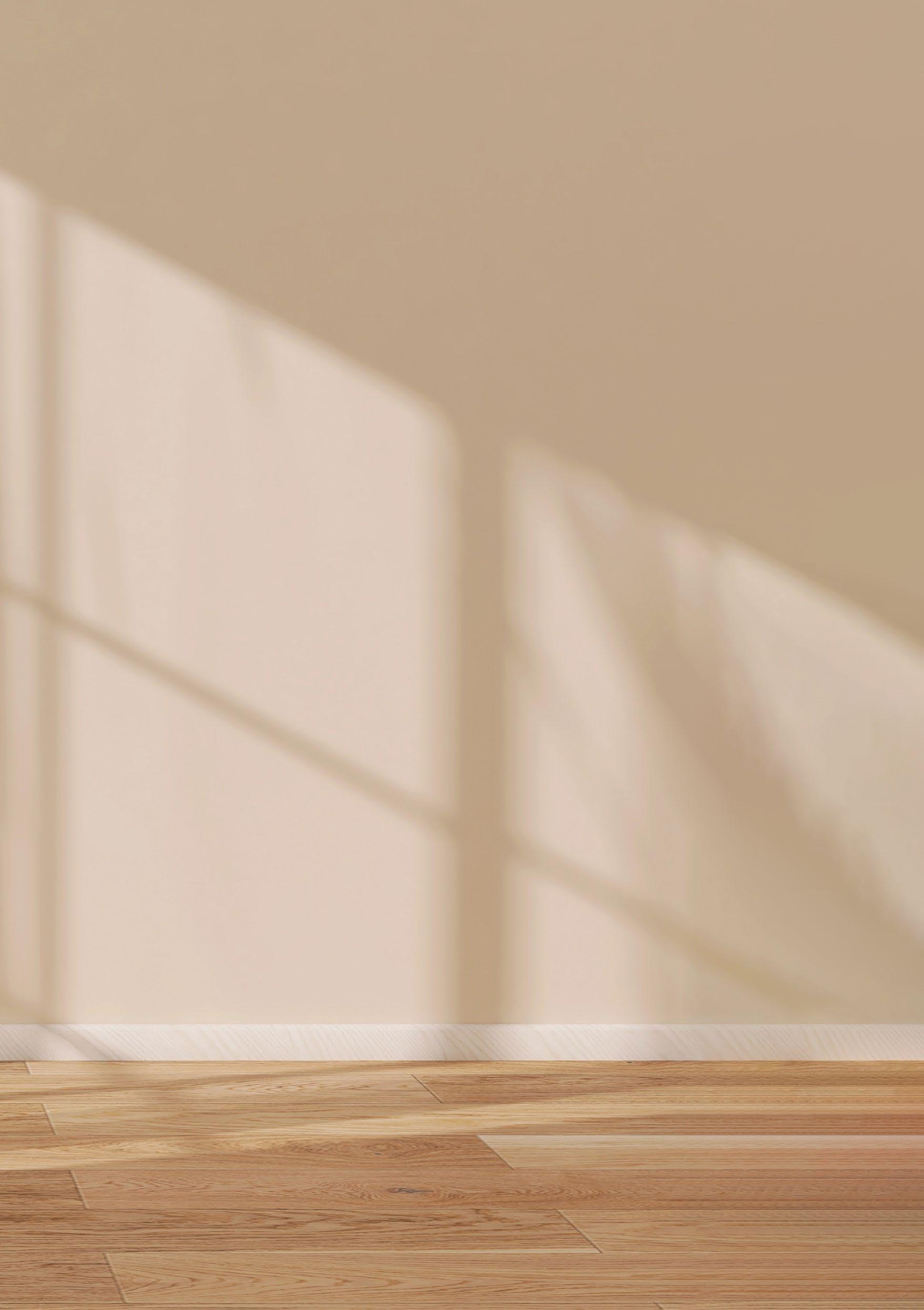
GOOD FILTER PRACTICE
Regularly cleaning out washing machine/ tumble dryers filters can increase your machine’s performance, help make them more energy efficient and preserve their life span. Much like the filter in your dryer, your washing machine filter’s job is to catch and trap any debris excess detergent, dirt –that might make its way into your machine and damage the internal pump. Without proper maintenance, your filter can become clogged or damaged and eventually require replacing the whole machine.
DISHWASHER CLEANING ROUTINE
Clean the dishwasher regularly to prevent a build-up of grease and limescale. Over time grease, soap scum and food debris build up in dishwashers. Not only does this provide a breeding ground for germs, it also reduces the efficiency of the appliance, so it’s important to maintain a clean dishwasher. Lots of easy dishwasher cleaner products mean it’s a quick and non-messy job, saving money and adding everyday sparkle.
THERMOSTAT SAVVY
In the current climate of sky high energy prices, as the weather begins to warm a little, try turning down your thermostat. Even one degree lower on the thermostat means less energy is being used and you could save money on your bill over the year.
TREE CARE
By pruning any trees or shrubs (where possible) close to the property, you will reduce water consumption which can contribute to subsidence. Some trees may need to be trimmed by a qualified tree surgeon. Shrubs and plants should be carefully pruned to prevent damage avoid them attaching to your property or encroaching on an adjoining building. Trim any climbing plants to prevent them growing across windows or guttering, causing damage to brickwork and blocking out natural light.
It’s important to invest in attention to detail when it comes to cleaning and regular property maintenance. This will avoid unnecessary big bills, and the need to arrange workmen to do repairs, that could result in a void period. These are just some relatively straightforward and simple tips that really will bring big benefits - ultimately saving you time, money and energy.

Head of Property Management dawn@lurotbrand.co.uk 020 7479 1972
Dawn Sparks
EVERCHANGING MEWS THE MATERIAL WORLD OF THE MEWS
By Martyn John Brown
In this edition, we’re going to delve into the actual construction of the mews, looking at the choice and use of materials used to build mews properties in the past, present and future. The use of building materials is, in fact, a significant but overlooked detail of the ever-changing and appearance of the London mews.

When the mews was originally constructed, it is estimated that no more than 50 different building material components were used in their construction, whereas today in excess of 3000 building material components are used. In architecture, form is said to follow function. Changing a practical but rudimentary live/ work unit into to a modern highly efficient residential home probably explains why there has been such a big expansion in the number of materials being used.

To fully explain the exponential increase in material numbers since the time of the industrial revolution it helps to understand how the mews has been utilised over time; breaking down elements of the mews building into its constituent elements - roof, walls, floors, windows and doors, finishes and functional elements for heating, lighting etc.
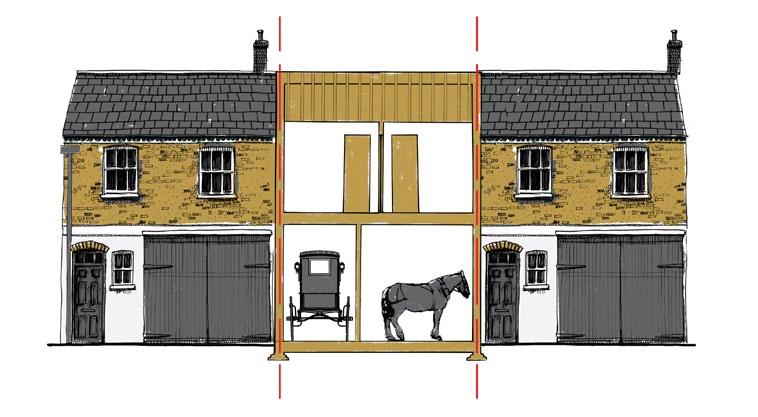
14
Ground Floor Plan First Floor Plan
Original mews of traditional construction
IN THE PAST
When mews were first constructed only a limited number of traditional building materials were used. Whether built before, or during the industrial revolution, the materials usually constituted up to around 50 components, including brickwork, stone, timber, glass, sand, lime, aggregate, and cement. At first, materials that were available locally were used, but as the industrial revolution took hold, other materials from further away such as slate and granite could be utilised.
London clay was the local brickmaking material for the mews, giving the bricks their yellow or greenish yellow colour. Known as ‘stock bricks’, these are often irregular in shape, the bricks have lines and squeeze. Later mews were built with plain red bricks formed with Oxford clay from further away.
Architecture everywhere changed rapidly with the advent of the Victorian era, introducing industrialised building techniques. The industrial revolution also brought about the manufacture of metals, which would have been used in the provision of fixtures and fittings, such as ironmongery, reinforcement and lintels to span door and window openings.
Throughout the golden age of mews construction (1820-1890) these materials were used widely, under the control of the

Pindock Mews
London Building Acts and Bylaws, which determined the design and layout of the mews.
Many of the mews constructed had to get approval from the Metropolitan Board of Works -the legislative body responsible for the approval of applications to create or alter mews. It was their role to determine the design aspects, such as the mews’ width, height, paving construction details, and the entrance to the mews. They were considerably limited by modern standards of legislation as the Board of Works did not impose control over aspects of modern building performance such as energy use, carbon emissions, safety and ease of access for the disabled etc.
A traditional mews, such as Pindock Mews – ‘tired’ example shown above - has a very different appearance from a modern mews. The construction materials are recognisable and the proportions reflect the previous equine usage, with larger floor to ceiling heights at ground floor level, and smaller windows and doors at first floor level. The walls are built of solid brickwork and should this mews be altered, it would require upgrading with insulation and other modern materials to comply with statutory requirements.
15
ON TO THE PRESENT
Currently, building materials are more advanced and sophisticated and the mews buildings reflect this.
The constituent elements that make up a mews house are still substantially the same today as they were at the time of their original construction in respect of the structure – foundations, walls, floors, roof. However, there are now substantial differences in the functional elements –windows, doors, plumbing, electrical; and with the finishes including cladding, soffits, fascias, dry linings, tiles, and other finishes.
Today, the 1984 Building Act ensures that a local authority must enforce building regulations in its area to achieve minimum standards of building performance for a comprehensive list of subjects including; structural performance, fire safety, sound and thermal insulation, ventilation, sanitation and drainage, the conservation of fuel and power, safety performance in respect of electrical and heating installations, the infrastructure of high speed electronic communications, to mention a few.
This proliferation of new material components used in the repair, refurbishment or redevelopment of the mews reflects these requirements.
Hippodrome Mews
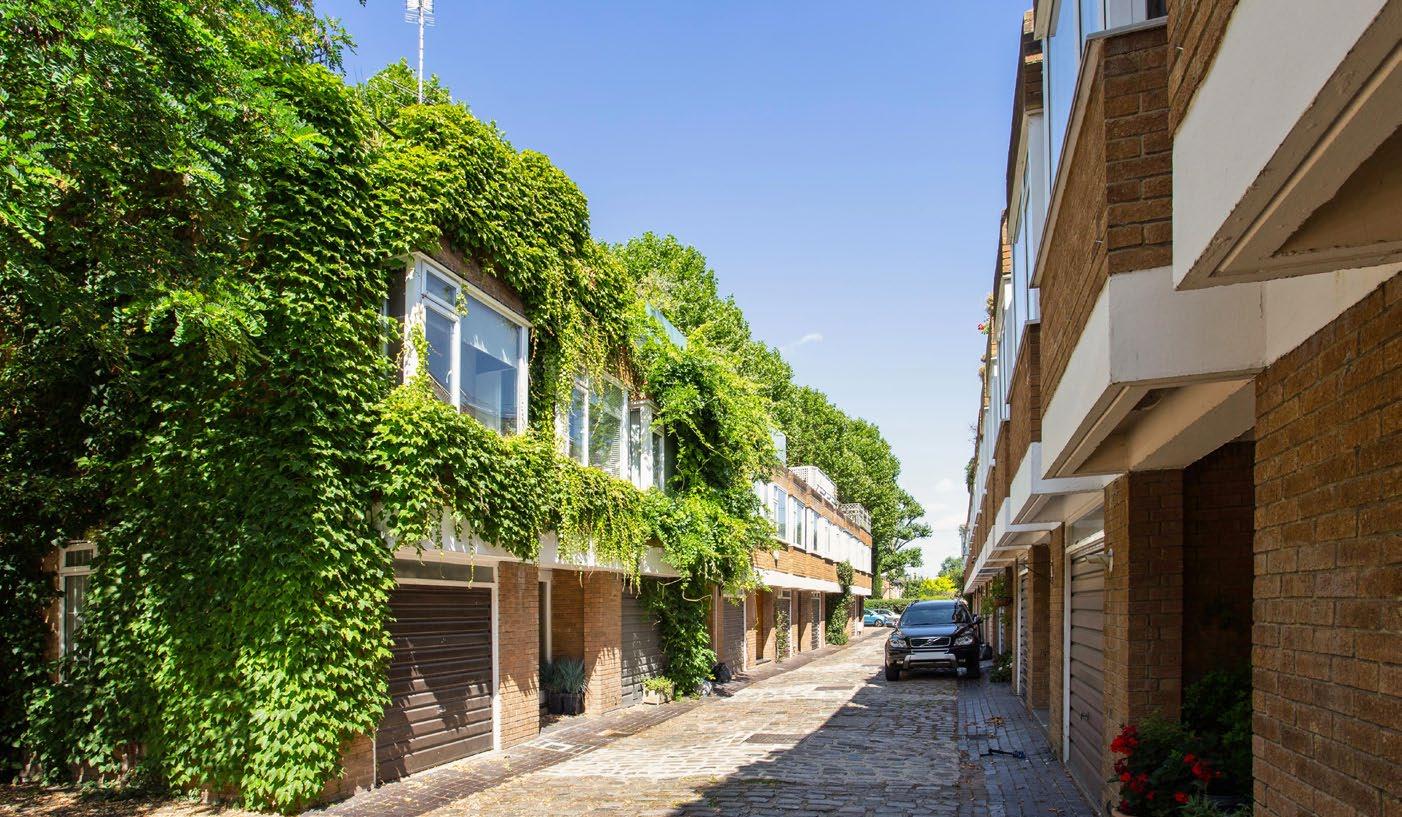
A modern mews, such as Hippodrome Mews built in the 1970’s (shown above) has a very different appearance than a traditional mews. Whilst some materials are still recognisable, the proportions have changed, with a reduction in size of the ground floor and an increase in size of the window and door openings. The use of traditional materials has changed from solid brick walls to cavity walls. New materials have been introduced, such as the exposed concrete intermediate floor, as well as new design features such as the protruding oriel windows at first floor level.
All buildings are said to maintain a series of balances: a balance between form and function, between design aspirations and financial constraints, and between artistic expression and the practical concerns of the construction sector. To this list can be added the demands placed on the modern construction industry by climate change, the need to meet carbon emission targets, and sustainability in general.
As a consequence, a contemporary mews or, more probably, a refurbished or extended mews will now contain a vast array of new material components within its linings and finishes, none of which were available during the time of the building’s construction.
16
Today the main construction materials for housebuilding remain – wood, cement, aggregates, metals, bricks, concrete, clay because they remain the most cost-effective for building projects.
Typical Section Through Part Wall To Mews
and there are now attempts to produce sensitive ‘intelligent’ glass.
TIMBER – another one of the old building materials. It remains popular from the simple fact that it is organically sustainable, especially as awareness of deforestation has given rise to engineered timbers being developed.
PLASTIC – historically and currently it receives a lot of negative press, but it is set to be used in the highly promising world of 3D printing.
CARBON FIBRE – used in mechanical engineering and the car industry, it is said to have five times the strength of steel but is much lighter, and is now being used more readily in architectural projects.
NATURAL CONSTRUCTION
THE IMPORTANCE OF NEW MATERIALS
New materials have an important role to play as the construction industry grapples with the various efficiency/cost/environmental balances and its obligation to build more homes while reducing carbon emissions. Some of these materials challenging this conundrum are as follows: -
CONCRETE – not only is this probably the most used building material on earth it is said to be responsible for 5% of the world’s greenhouse gas emissions. On the positive side, its popularity derives from the fact that it can be molded as desired. It is strong and cost effective especially in larger quantities.
STEEL – as with concrete, steel is familiar to us. It is strong, lightweight, durable and adaptable for windows, door frames, handles, handrails and so on.
GLASS – used to maintain our connection to the outside world. There are now huge varieties of glass. Some glass improves things like ‘U’ values and thermal efficiency
MATERIALS – as the planet forces us to address the environmental crisis our understanding of organic materials grows through research into such materials as tensile materials, fabric membranes, mud and clay – although there is little sign of this in the mews just yet! This is the same for thatch and brush although wood, rock, bricks and blocks still have more promise.
CERAMICS – ceramics tiles provide coverings for floors, walls, countertops, even ceilings and many countries use ceramic roofing tiles to cover new buildings.
FOAM – foamed plastic sheet can be used as a backing for fire stop materials.
SYNTHETIC POLYSTYRENE (OR POLYURETHANE) – is used on a limited scale; as a lightweight easily shaped excellent insulator it is often used as an insulated panel.
BONDED COMPOSITES – cement bonded composites are an important class of construction material. The products are made of hydrated cement paste that binds wood, alkali particles or fibre to make precast building components.
FIBROUS MATERIALS – include paper and fibre-glass. These are used as binders composed of various soluble organic compounds like carbohydrates.

17
Mass concrete base
Reinforced concrete underpin wall
Solid brickwork party wall
Internal floor finish
Internal wall finish on drywall and insulation
Tanking
Drains
Insulation fixed to party wall with plasterboard finish
LOOKING TO THE FUTURE
The anatomy of a mews is likely to remain the same without changes to planning and conservation area controls. So will the functional and constituent material elements that make up the mews house be the same?
As we demand more from our mews homes and the amenities we want, the components used for building need to perform more effectively; there will also be greater environmental demands for efficiency and sustainability. This trend for material component development is likely to continue and already there are a number of innovative products cited for widespread use in the future, including:
SELF-HEALING CONCRETE – a compound designed to allow concrete, when cracked, to expand to fill the damaged area. Self-healing concrete contains bacteria and a food source embedded in the concrete. It is designed to react when water seeps in and reactivates the bacteria.
This may appear to be a new product although the use of edible additives has been embraced by ancient civilisations such as the Chinese who held together buildings (including their Great Wall) with rice, sugar and blood.
HARDWOOD CROSS-LAMINATED TIMBER – thin sheets of timber laminate can be engineered to be stronger than readily available metals, yet can be cut with a saw making them more adaptable and easier to use.

BIO PLASTICS – plastics and polymers that can be made from natural resources such as vegetable oils and can be made biodegradable.
HOMEOSTATIC FAÇADES – glass multi-skinned façades which incorporate an engineered ribbon inside the cavity to regulate heat loss and save energy. The Homeostatic Façade System includes mechanisms modelled after muscles which automatically respond to small-scale variations in environmental conditions.
ARTIFICIAL SILKS – materials such as ‘Rayon’, a synthetic fibre manufactured from the cellulose of wood pulp or cotton. Known as ‘artificial silk’ because Rayon feels and has the texture of natural silk, but costs considerably less.
18
GRAPHENE – said to be a ‘wonder material’ which could be utilised in any number of ways, including the construction of whole buildings. Quoted as being 10 times stronger than steel it also has antibacterial and thermal qualities added to its strength elasticity and durability. This is one of the modern construction materials with massive potential in the future.
In addition to innovation in the production of material components, there is likely to be innovation in the practical assembly of materials. 3D printing is probably set to have the biggest impact on the building industry. With the application of materials such as graphene, it is ideally suited to smaller construction sites such as a modern mews.
Traditional construction sites have always been considered inefficient, relying heavily on manual work for assembly rather than machinery. Increasingly, construction companies use machines and equipment to supplement manual work, but the replacement of manual work with machines will allow for another level of efficiency.
Construction of a 3D printed concrete two storey house; how long before this could be seen in the Everchanging Mews?


This article was written by Martyn John Brown MRICS, MCIOB, MCABE, MARLA, MISVA of Everchanging Mews www.everchangingmews.com and London Mansion Flats Limited www.londonmansionflats.com who is a Chartered Surveyor specializing in Mews and Flats.
Everchanging Mews and London Mansion Flats Limited is owned and run by Martyn John Brown who provides professional surveying advice – for Surveys, Valuations and Party Wall matters contact info@everchangingmews.com, info@londonmansionflats.com or call Martyn on 0207 419 5033

19
3D Printed Concrete
JUDITH BLACKLOCK FLOWER ARRANGING SCHOOL – KINNERTON PLACE SOUTH

This haven of scent and calm was founded by Judith over 30 years ago and has always been based in a quiet enclave of Knightsbridge. From classic flower arranging skills to cutting-edge contemporary design, students can learn everything they need to know about floristry in a fun friendly relaxed environment. The Judith Blacklock Flower School is the only flower school in the UK to have accreditation by both the British Accreditation Council (BAC) and the American Institute of Floral Designers (AIFD).
www.judithblacklock.com
JONES FAMILY KITCHEN –ECCLESTON YARD
Jones Family Kitchen is a truly independent restaurant full of passion and love from its staff and shown in their food and drink. It’s a great atmosphere in a lovely airy setting where you can eat yummy food all day long, as they began serving breakfast in February. Voted top ‘Steakhouse in London 2019’, by the Steak Society, their menu offers excellent steaks cooked on the charcoal oven. The choice of dishes from ‘sea, land, and field’, really reflects their relationship with some of the country’s most knowledgeable producers who care about animal welfare, quality and sustainability. Cocktails here spirit you away to somewhere exotic or make you feel right at home in SW1.
www.jonesfamilykitchen.co.uk

20
LB LOVES…
1. 2.
BELGRAVIA
3.
4. TOMTOM COFFEE HOUSE –ELIZABETH STREET

You’re likely to smell the aroma of some of the best coffee in the West End before you even enter this beloved specialist coffee shop on the corner of Elizabeth Street. Their cups of coffee are made freshly from Allpress roast beans, using the best equipment on the market and by expert Baristas. Their Belgravia coffee followers have grown steadily since opening making this a café hotspot. Beautifully made espresso based cappuccinos, flat whites and lattes can be ordered or, for the varietal enthusiast, customers can drink from mind blowing list of specially sourced coffee beans from Brazil, Columbia, Guatemala, Peru, Nicaragua, Costa Rica, Dominican Republic, Ethiopia, Kenya, India, Sumatra… and Cuba!
www.tomtomcoffee.co.uk/coffee-house
THE WILTON ARMS –KINNERTON STREET

The Wilton Arms is a family run pub tucked away in the heart of Belgravia, which is traditional and very welcoming. A neighbourhood pub that loves its locals. Serving great beers, with friendly service and fresh, home-cooked pub classics. The owners offer real ales and beers from around the country which are rotated regularly, keeping the selection fresh and interesting. There is an extensive cellar of wines from around the world to choose from. Refurbished last summer, the pub features an upstairs dining room upstairs ideal for private gatherings and parties.
www.thewiltonarmssw1.com

21
BAYLEY & SAGE –ELIZABETH STREET
Jennie Allen first opened her Bayley & Sage store in Wimbledon Village back in 1997 and quickly became an important part of the local community. Her vision continues to this day to create independent fresh food stores with the most delicious produce for customers and never compromise on quality. The attractive Belgravia store is a feast of fine fresh produce, focused on quality and provenance, bringing different tastes and flavours to the local community of Belgravia. And if you’re wondering where the name comes from – the truth is, Bayley is a son of a friend of Jennie’s, and pays homage to the next generation and Sage is a reference to both the herb and wisdom.
www.bayley-sage.co.uk
THE FINE CHEESE COMPANY –MOTCOMB STREET


The Fine Cheese Co has been cheese specialists for thirty years during which they have nurtured and supported the cream of British cheese-makers. Founded in Bath by Ann-Marie Dyas, a judge at both the British and World Cheese Awards. Ann-Marie’s mission was to ensure the survival of traditional cheese-making, and to introducing farmhouse cheeses to as wide a public as possible. This a cheese cornucopia of artisan British cheeses, most of which are unpasteurised and all of which are traditionally made. Their passion for cheese extends overseas and the company also import artisan cheeses from France, Italy, Spain and Holland. Expert staff mean they know exactly how to pair cheese with the perfect cracker and chutney, so you can indulge in their unique ranges of artisan biscuits, fruits, chutneys, and English pickles for each cheese.
www.finecheese.co.uk
22 6. 5.
7.
RACHEL VOSPER –KINNERTON STREET
Rachel has been a candle chandler since 1994. Inspired by stunning landscapes, first in Barbados then Devon, she opened her Belgravia atelier in 2011. The wonderful fragrant shop displays her signature range and incorporates beautiful hand poured candles and home fragrances. You can be sure that Rachel only uses the finest natural and sustainablysourced ingredients to make candles you want to burn forever. Rachel was honoured to be selected as one of Walpole British Luxury’s Brands of Tomorrow in 2015. She has been warmly supported by locals and the Belgravia community since her launch in 2011.

www.rachelvosper.com
8.
BONADEA – PIMLICO ROAD
Bonadea is the UK’s foremost luxury brand for tableware, glassware and rare, exquisite objet d’art. Founded in 2016 by Creative Director Gemma Martinez de Ana, Bonadea is an emporium of established luxury brands, exceptional artisans and creative studios from across the world.

Named after the Roman Goddess, Bona DeaThe Good Goddess - Bonadea brings a curated selection of unique pieces to its boutique in Belgravia, and online store. A treasure trove to elevate your table and give your guests a personal dining experience. From the breakfast table to an intimate dinner or celebratory party, each piece is intended to set the perfect scene for stylish entertaining. The collection is meticulously sourced and reflects amazing handcraftsmanship and true luxury. From hand-painted porcelain plates, jewel-like accessories - napkin rings and butter knives, fine embroidered linens come together under one roof, Bonadea is a one-stop shop for everything that makes up a beautiful home.
www.bonadea.com
23
MEWS IN BLOOM SPRING INTO ACTION
It’s a wonderful opportunity to get together with neighbours, make new friends and enjoy being outside in your mews making it a riot of colour and a place to congregate with fellow residents.
We’re looking forward to seeing your amazing horticultural creations whether you’re new to gardening or a Monty Don!
To enter our competition, please email your contact details to mewsinbloom@lurotbrand.co.uk alongside a picture of your mews and the location on the street that you have arranged for the winning plaque to go by 23rd of June.
We will be judging over the course of July, so save the date and happy gardening one and all.
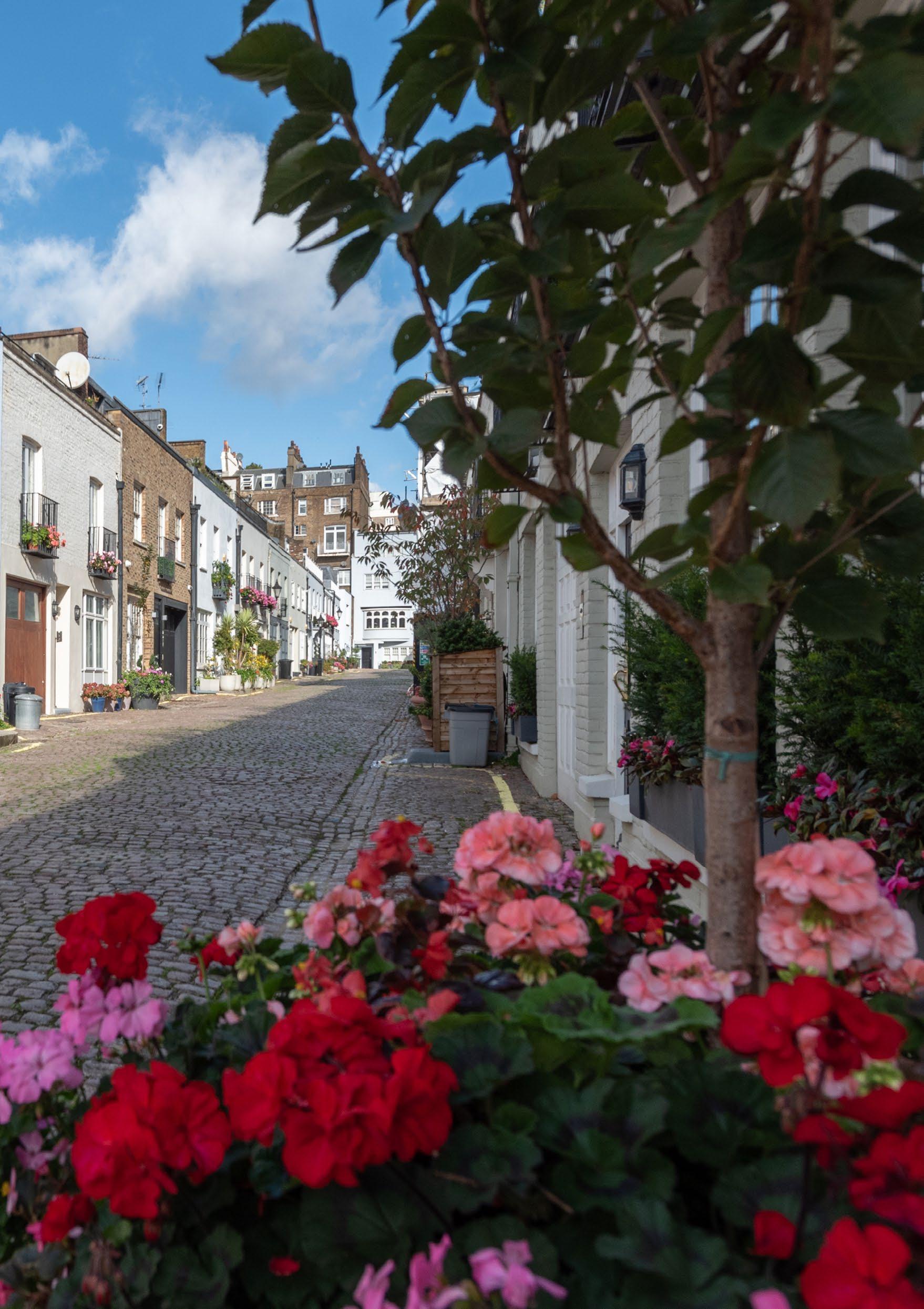
24
It’s time to grab your trowels and get ready for Lurot Brand’s annual Mews in Bloom competition.
Calling all mews enthusiasts
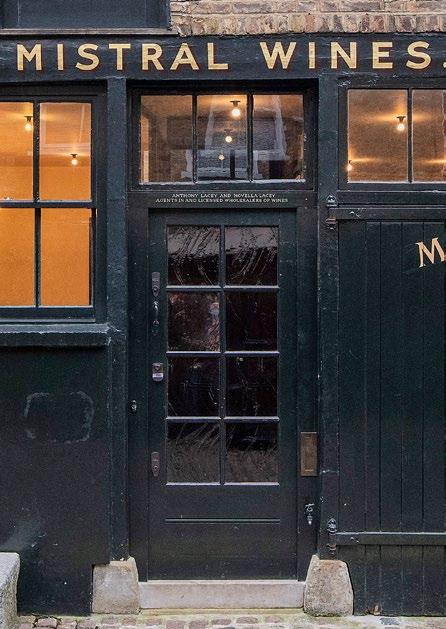

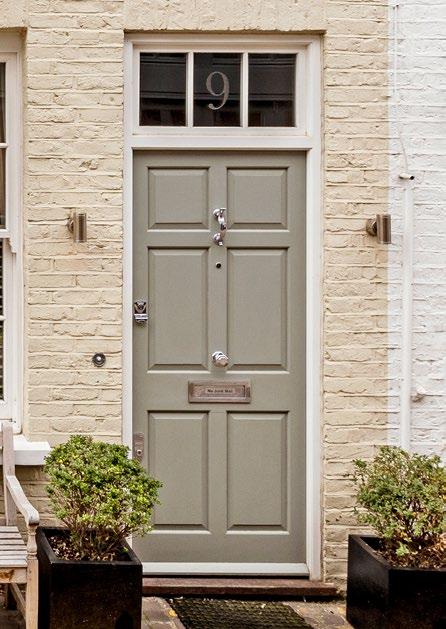



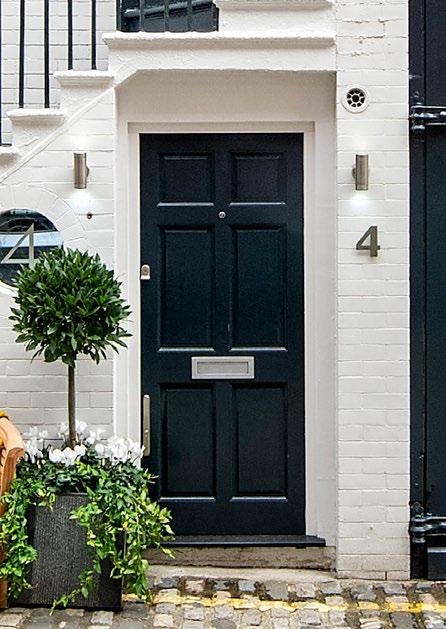
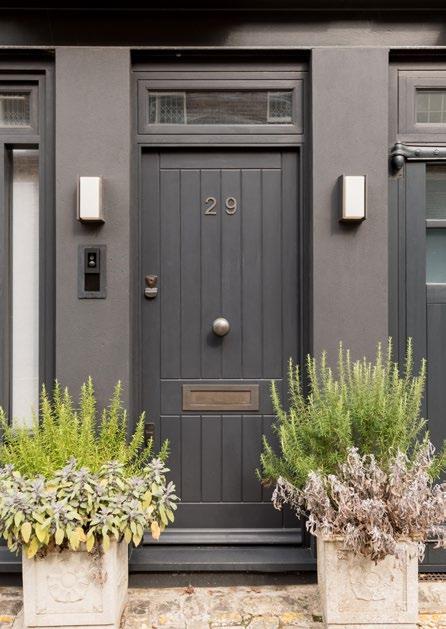
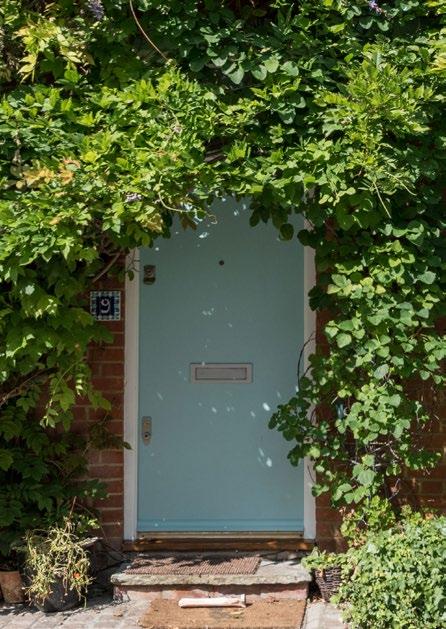



If you have a mews-related story or event in a mews that you would like to share, then we’d love hear from you. Get in touch with your mews news marketing@lurotbrand.co.uk 020 7590 2528
Over the years we’ve heard many lovely stories about the people living in mews that we would love to share with the mews community.
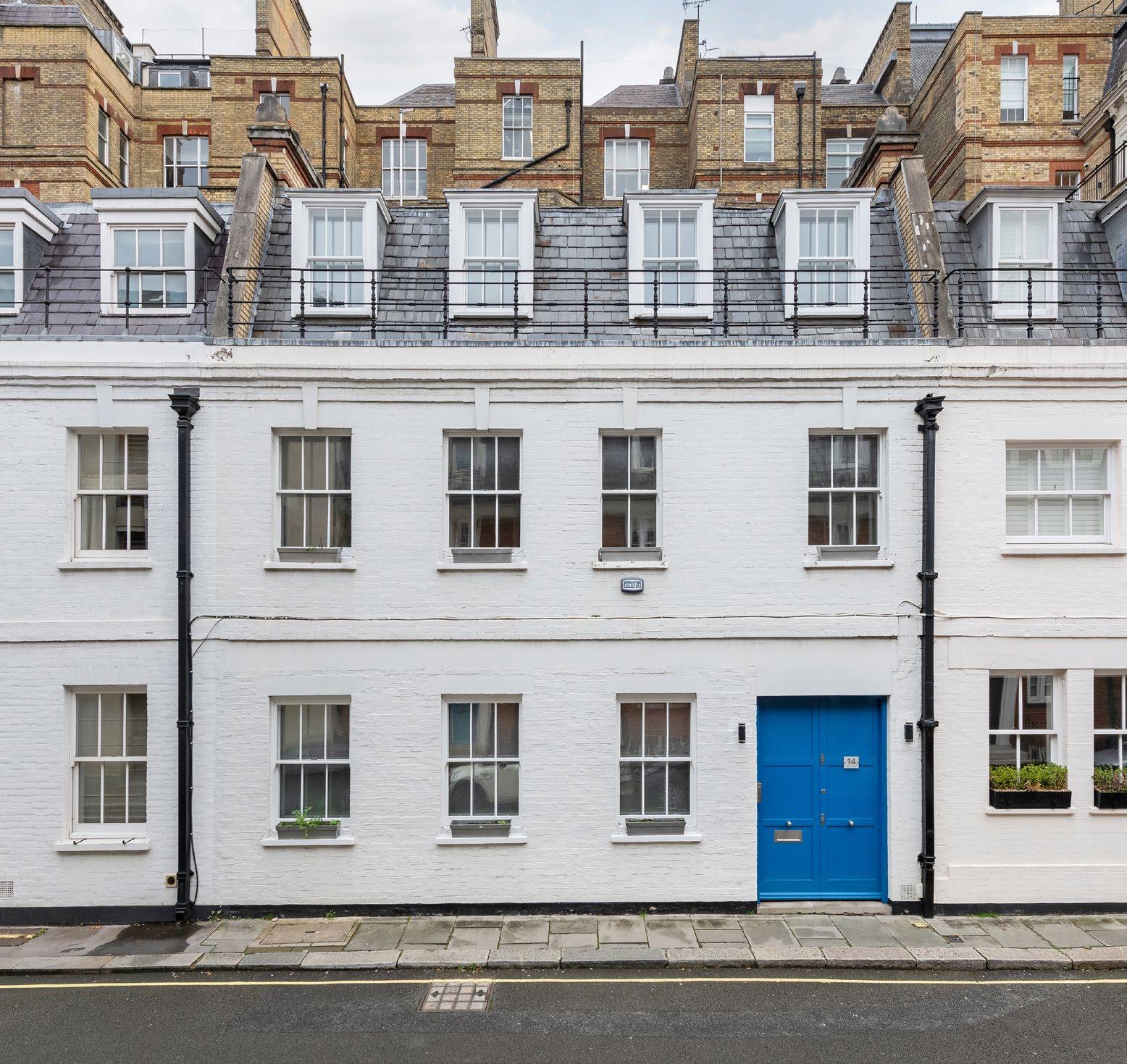
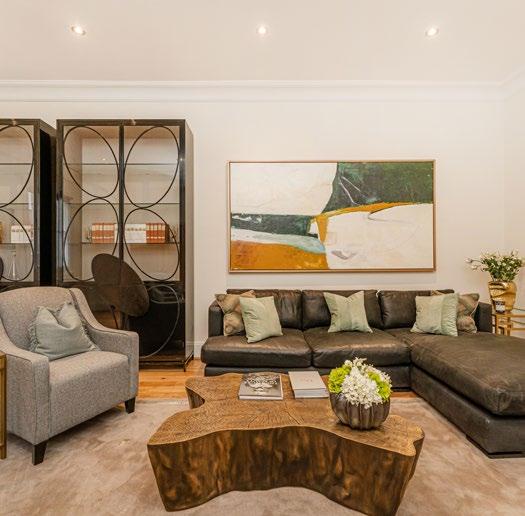
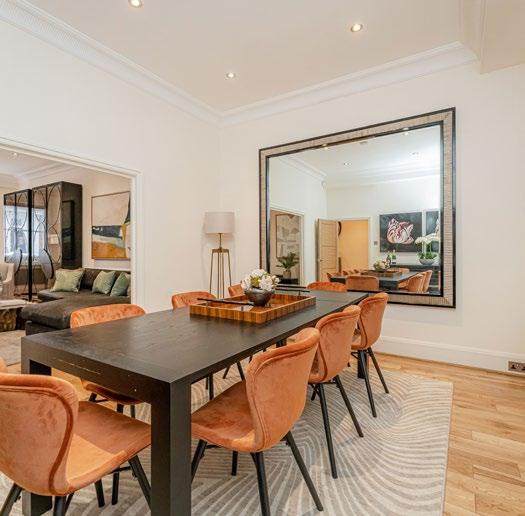

FOR SALE SW1X HEADFORT PLACE £6,950,000 • Freehold • 4 Bedrooms • 3 Reception Rooms • 3 Bathrooms • 4030 sq. ft.
• Leasehold 902 years
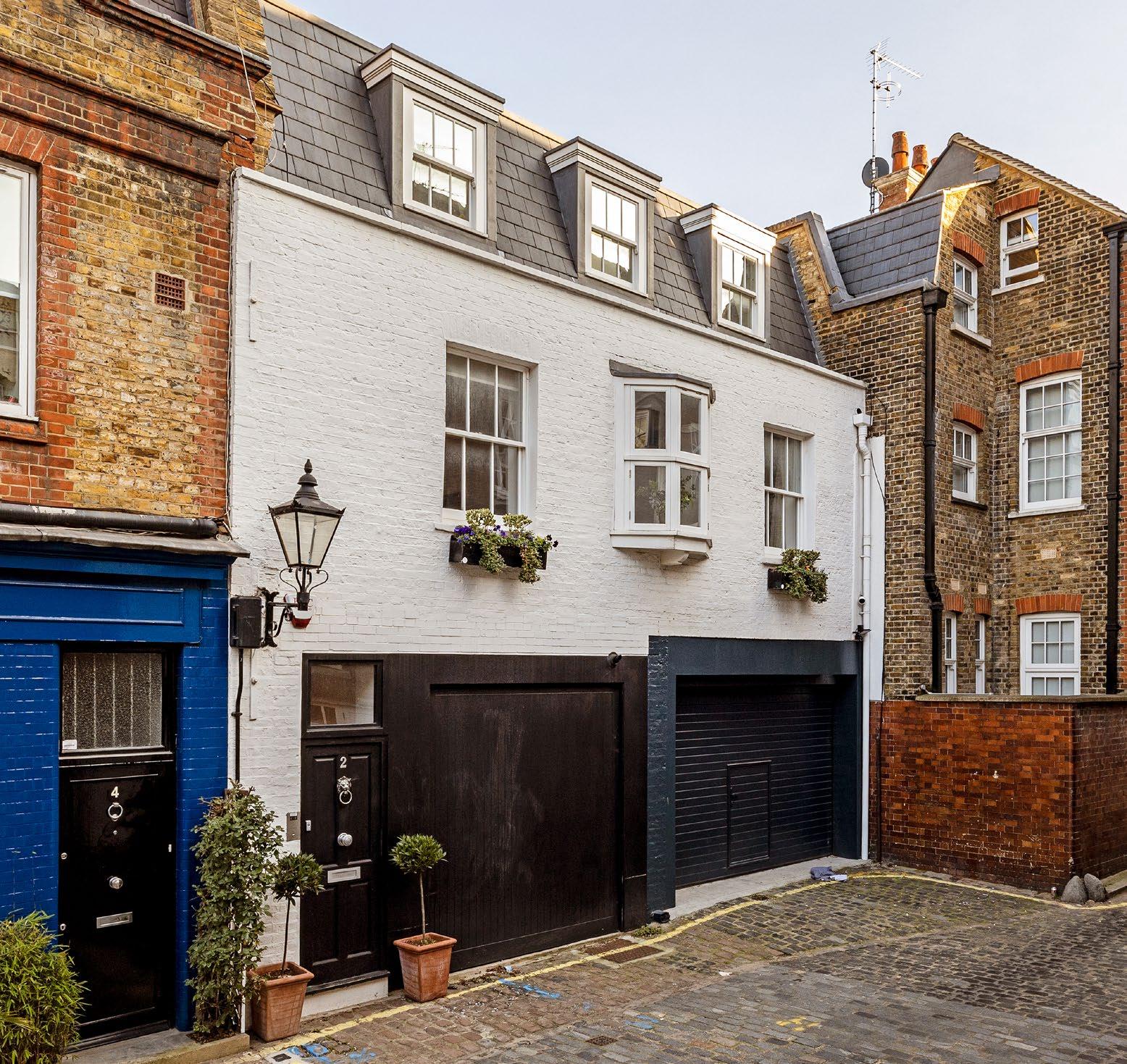
• 3 Bedrooms

• 3 Reception Rooms
£4,750,000

• 4 Bathrooms
• Garage
• 2175 sq. ft.
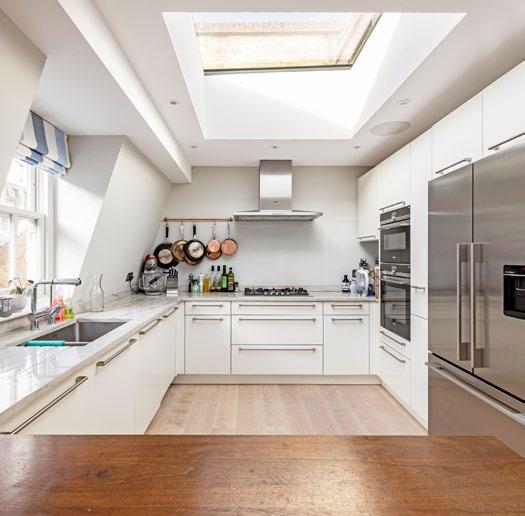
FOR SALE
MEWS
W1G WIMPOLE

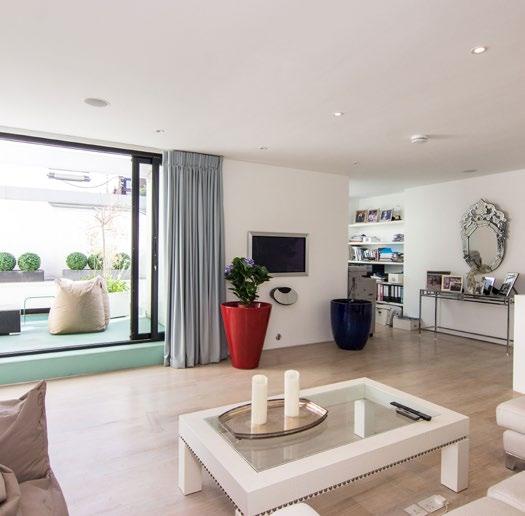
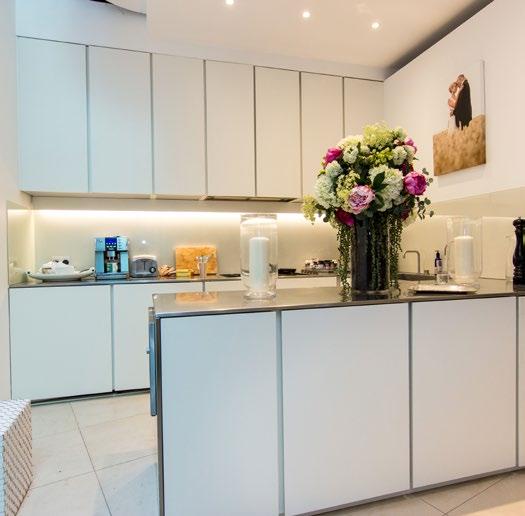
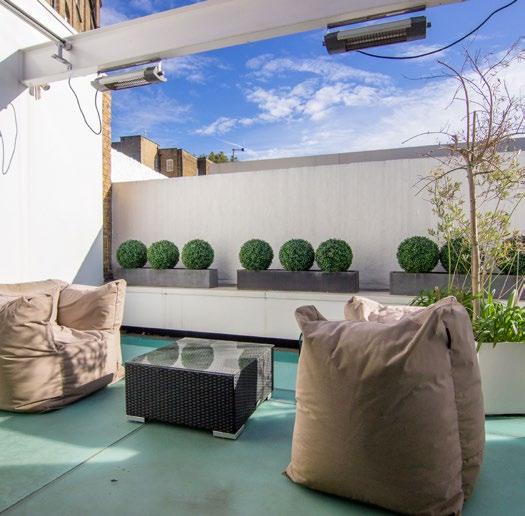
FOR SALE SW5 HESPER MEWS £3,750,000 • Freehold • 3 Bedrooms • 2 Reception Rooms • 3 Bathrooms • Roof Terrace • 1808 sq. ft.
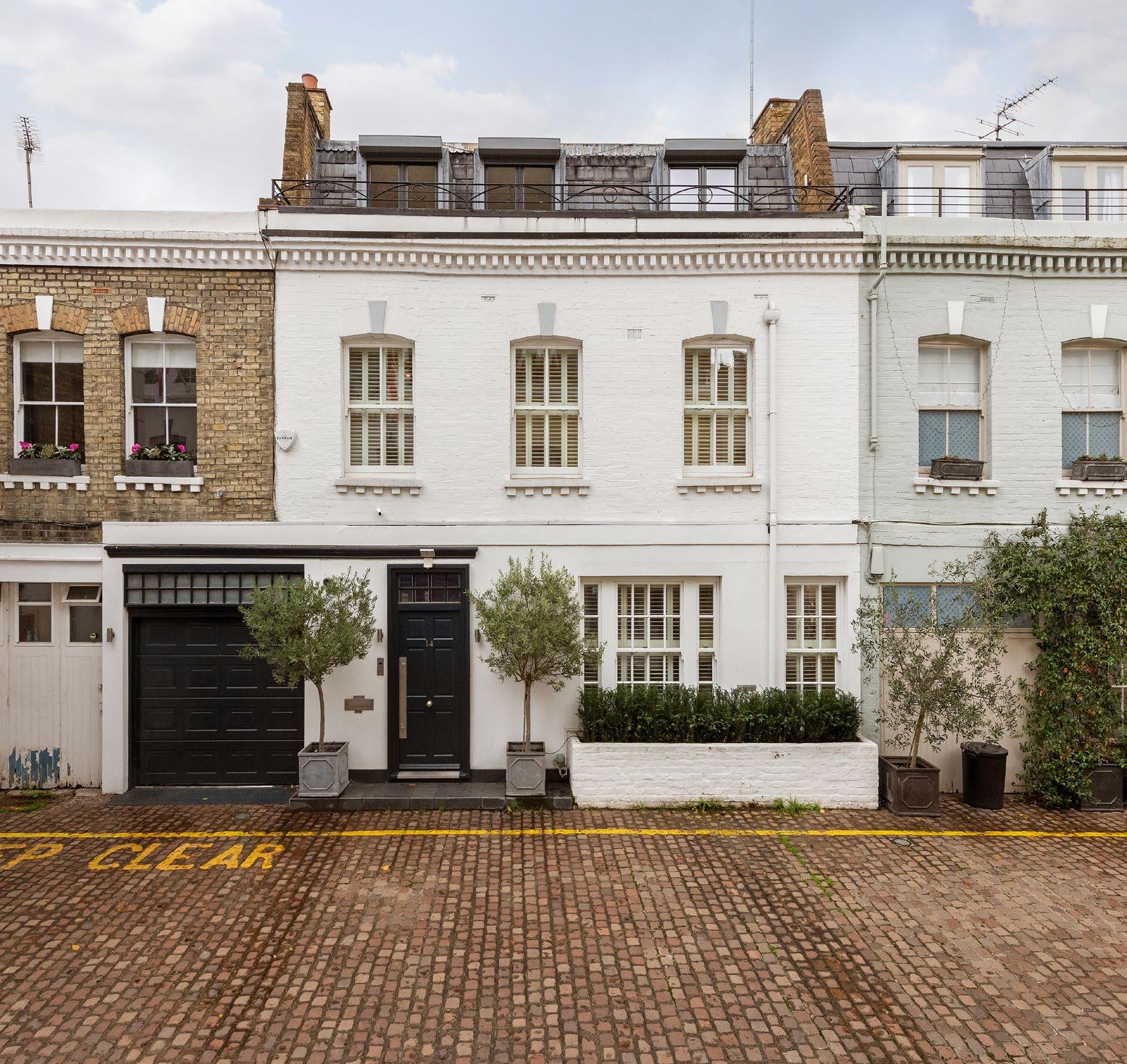

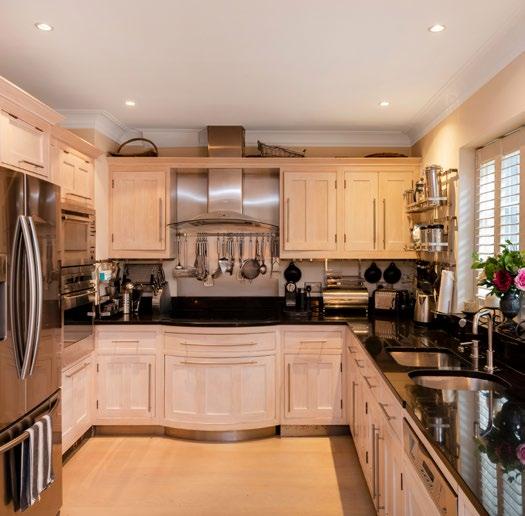

FOR SALE SW5 SPEAR MEWS £3,500,000 • Freehold • 5 Bedrooms • 1 Reception Room • 4 Bathrooms • Garden • Balcony • Garage • 1909 sq. ft.

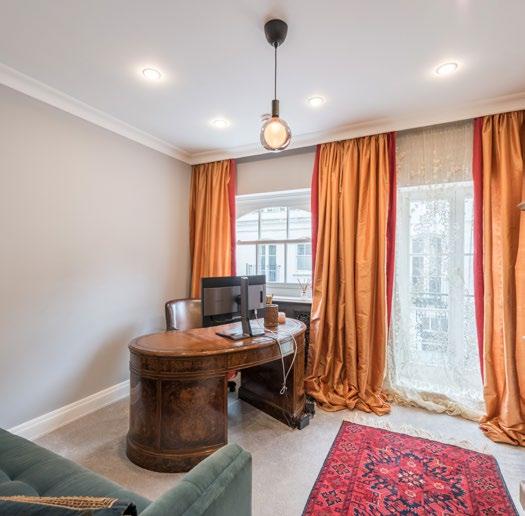


FOR SALE • Freehold • 5 Bedrooms • 3 Reception Rooms • 4 Bathrooms • 2006 sq. ft. SW7 PETERSHAM
£3,375,000
PLACE
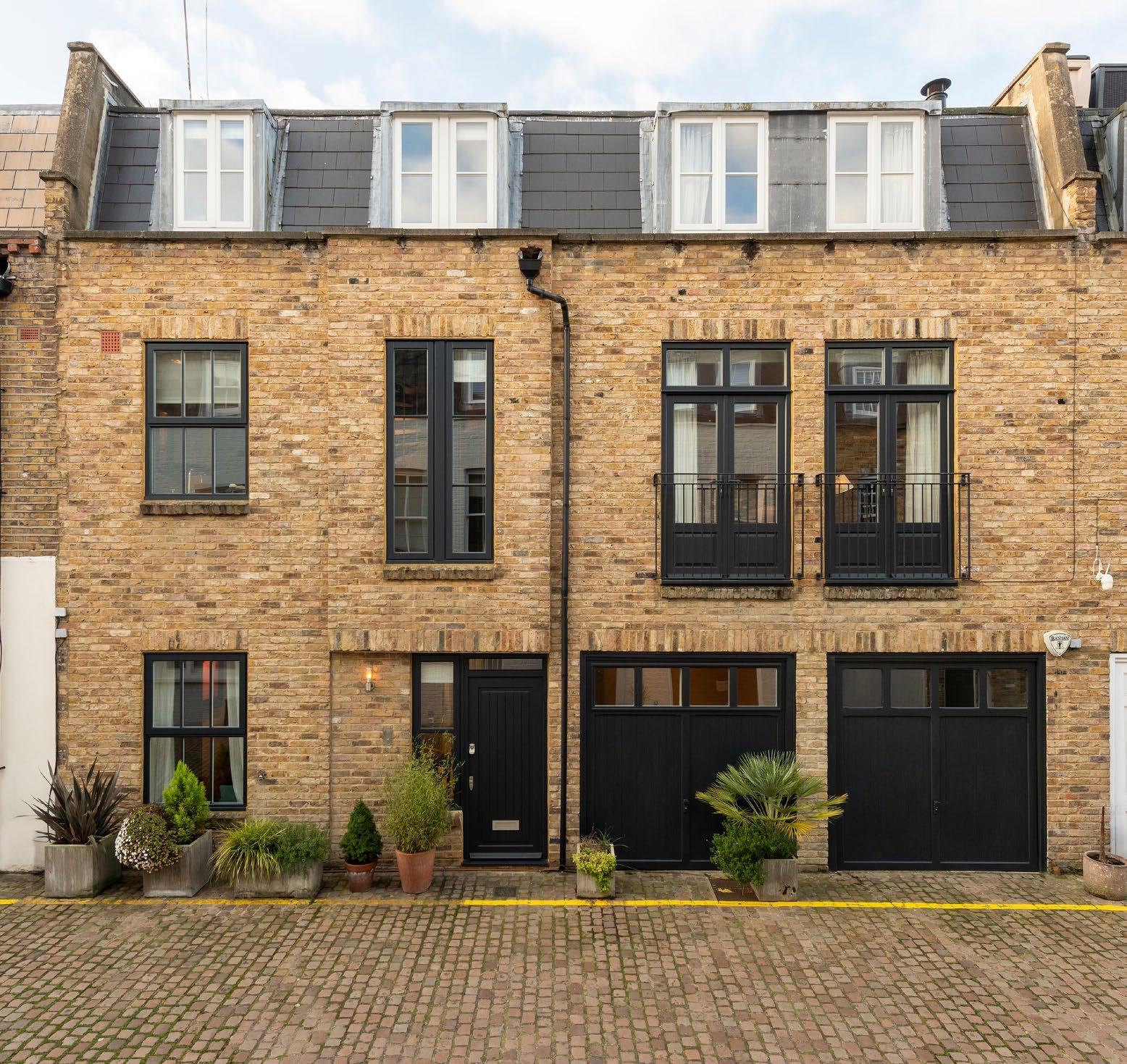

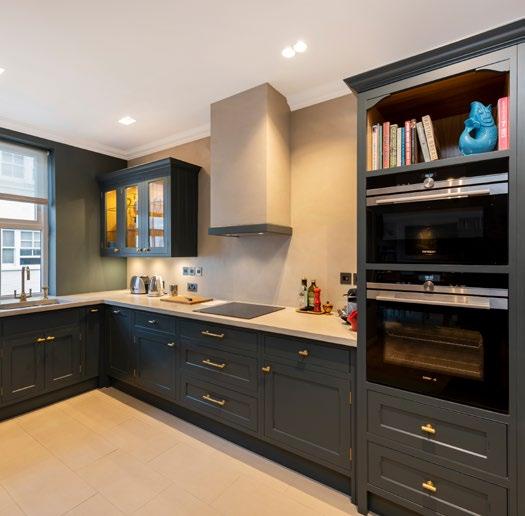

FOR SALE SW10 COLEHERNE MEWS
• Freehold • 4 Bedrooms • 2 Reception Rooms • 3 Bathrooms • Garage • 1771 sq. ft.
£2,850,000




FOR SALE SW5 SPEAR MEWS £2,600,000 • Freehold • 3 Bedrooms • 1 Reception Room • 2 Bathrooms • Garage • 1905 sq. ft.
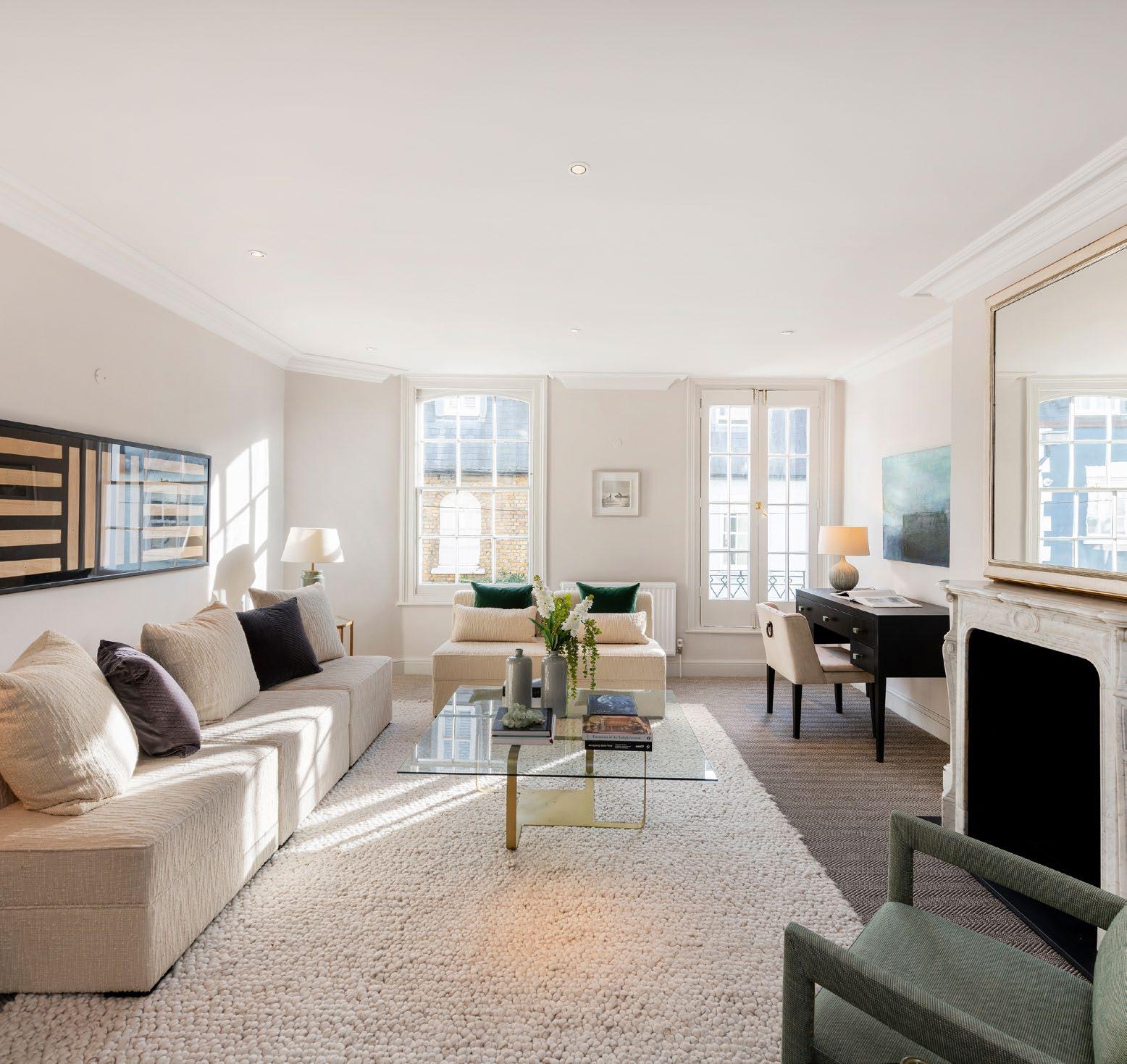



FOR SALE W11 LADBROKE WALK £2,500,000 • Freehold • 2 Bedrooms • 1 Reception Room • 2 Bathrooms • 1275 sq. ft.
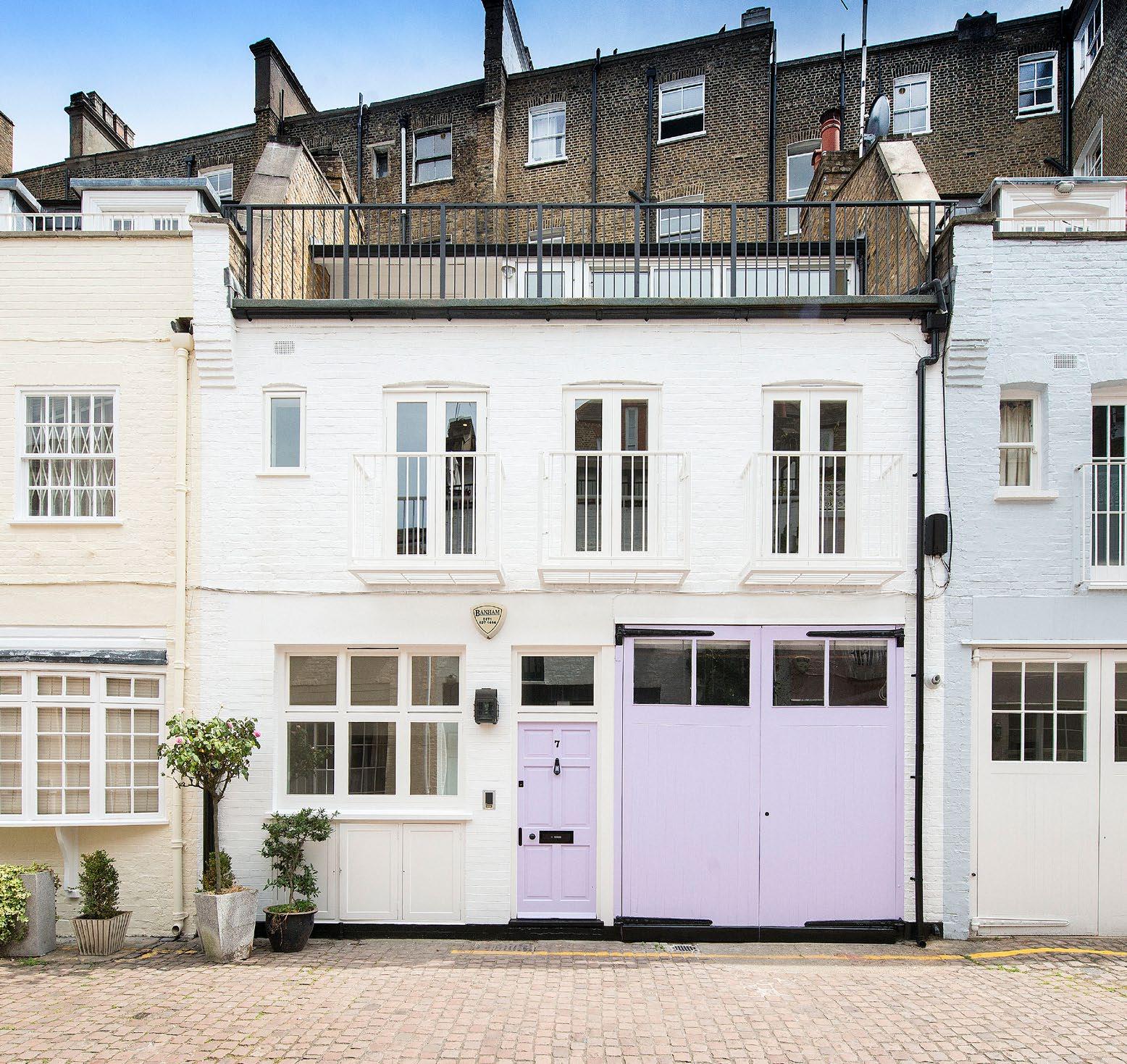
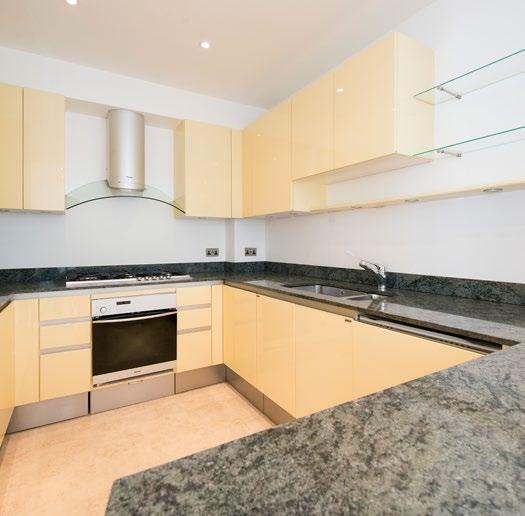

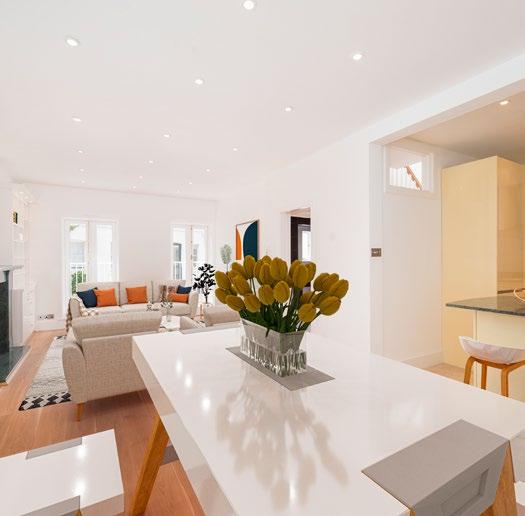
FOR SALE
MANSON MEWS £2,475,000 • Freehold • 3 Bedrooms • 2 Reception Rooms • 2 Bathrooms • Roof Terrace • Garage • 1493 sq. ft.
SW7

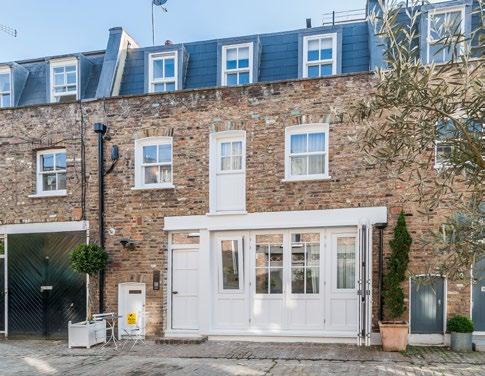

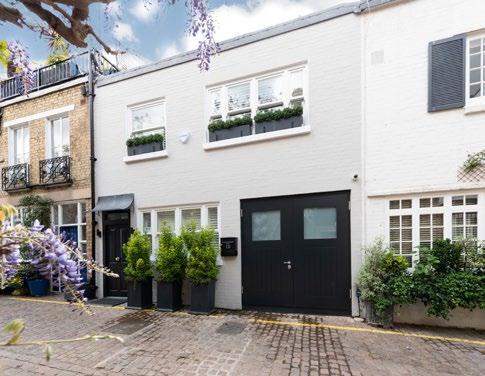

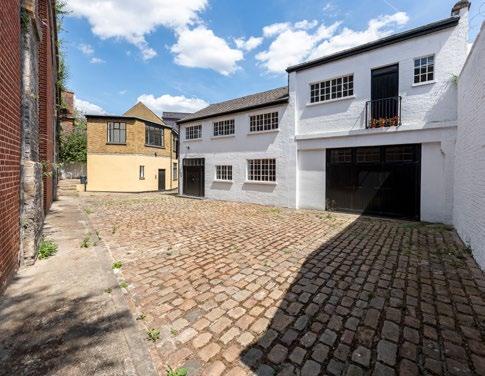
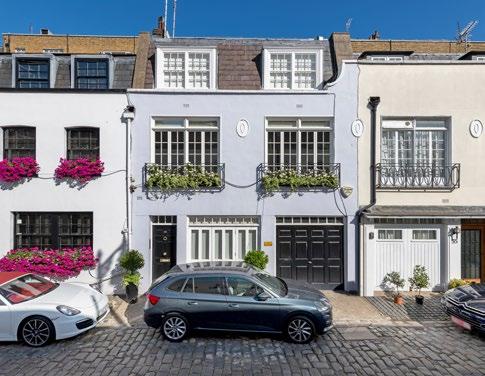


FOR SALE W2 BATHURST MEWS £1,900,000 • Freehold • 3 Bedrooms W2 SOUTHWICK MEWS £1,875,000 • Freehold • 4 Bedrooms W2 RAINSFORD STREET £1,550,000 • Freehold • 3 Bedrooms SW7 KYNANCE MEWS £3,650,000 • Freehold • 3 Bedrooms W11 ST. LUKES MEWS £3,200,000 • Freehold • 3 Bedrooms SW8 QUEENSTOWN MEWS £2,500,000 • Freehold • Commercial Units SW1W EATON MEWS WEST £4,300,000 • Freehold • 3 Bedrooms SW7 RELTON MEWS £4,200,000 • Freehold • 5 Bedrooms W2 PRINCES MEWS £3,950,000 • Freehold • 4 Bedrooms


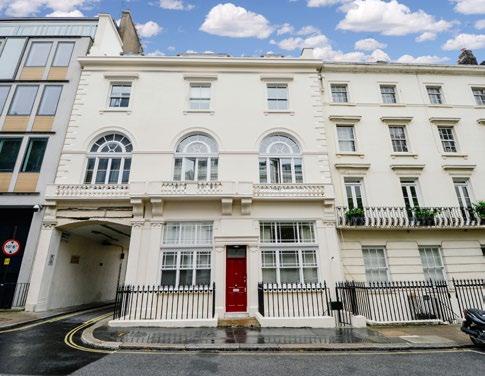
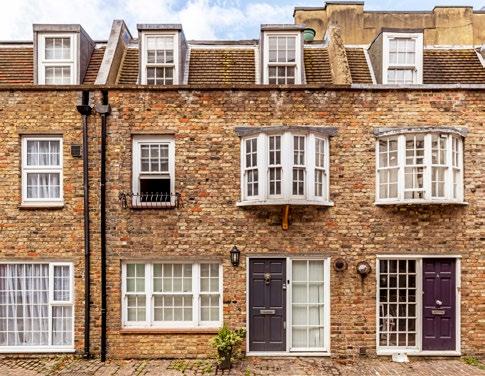


FOR SALE W11 CLEARWATER TERRACE £1,495,000 Freehold • 3 Bedrooms • W11 LEDBURY MEWS NORTH £1,250,000 Leasehold 969 years • Studio & Office • W2 CHILWORTH STREET £1,250,000 Share of Freehold 987 years • 2 Bedrooms • W14 COMERAGH MEWS £1,200,000 Freehold • 2 Bedrooms • W11 LADBROKE ROAD £1,150,000 Freehold • 1 Bedroom • W14 RUSSELL GARDENS MEWS £495,000 Leasehold 965 years • Garage/ Development Opportunity • WWW.LUROTBRAND.CO.UK 020 7590 9955 Visit our website for more details on all our properties
SW7 • £2,750,000


OSTEN MEWS
W11 • £2,000,000
LEDBURY MEWS NORTH
W9 • £1,000,000
OCTAVIA MEWS Freehold

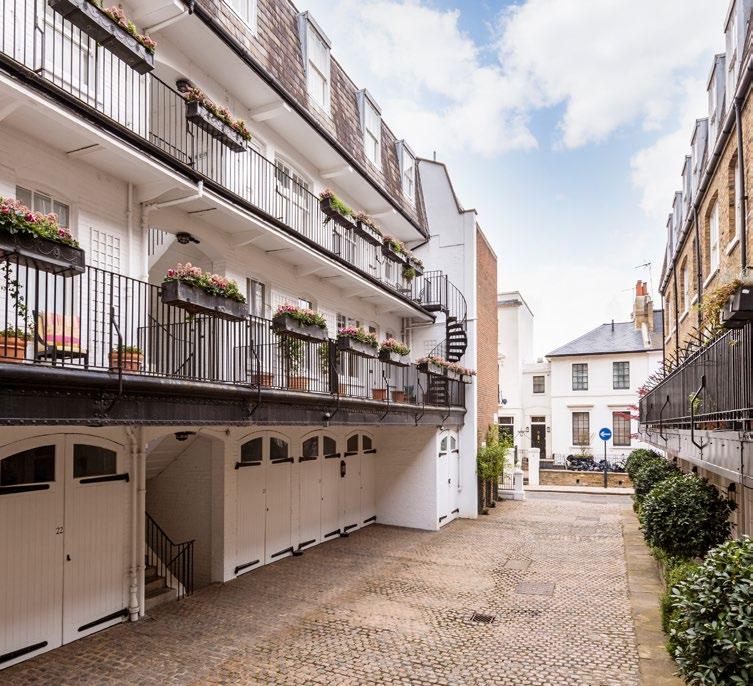
W8 5AJ • £1,000,000
CANNING PLACE MEWS •
And several others...
SOLD
• Freehold • 2 Bedrooms
• 4 Bedrooms •
Freehold
Leasehold
•
84 years
2 Bedrooms
• 3
•
SOLD
Bedrooms
RECENTLY
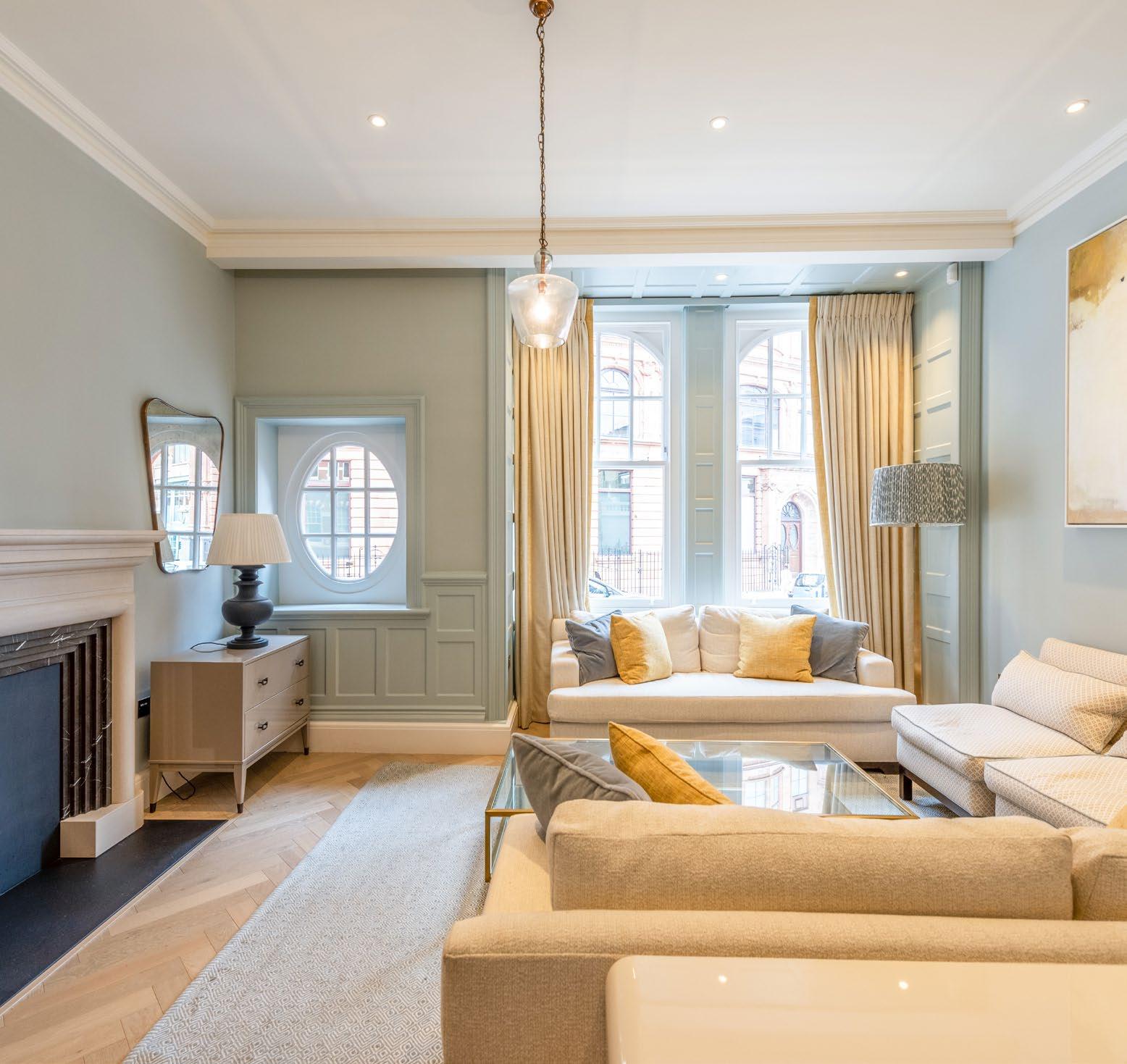

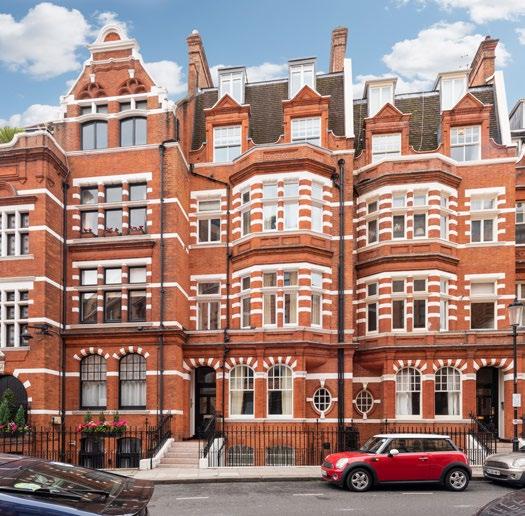

TO LET
HANS
£3,000 pw • 3 Bedrooms • 1 Reception Room • 3 Bathrooms • Patio • Lift • Furnished • Long Let • 2092 sq. ft.
SW3
ROAD
• 2 Reception Rooms

• 4 Bathrooms
• Furnished

£2,750 pw


• Unfurnished
• Long Let
• 2018 sq. ft.
TO LET
SW7 PETERSHAM PLACE
• 4 Bedrooms
SW7 PETERSHAM MEWS


£1,795 pw
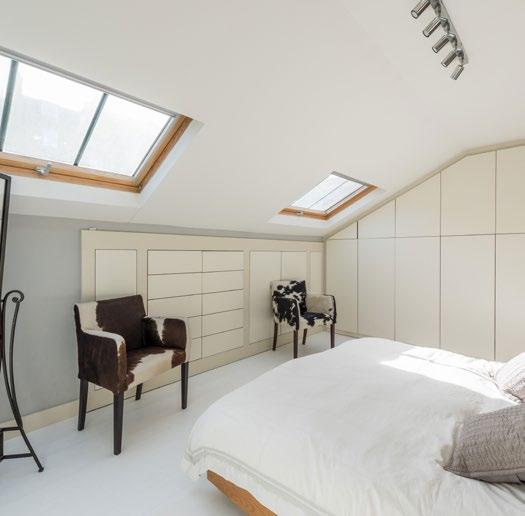
• 3 Bedrooms
• 1 Reception Room
• 3 Bathrooms
• Furnished
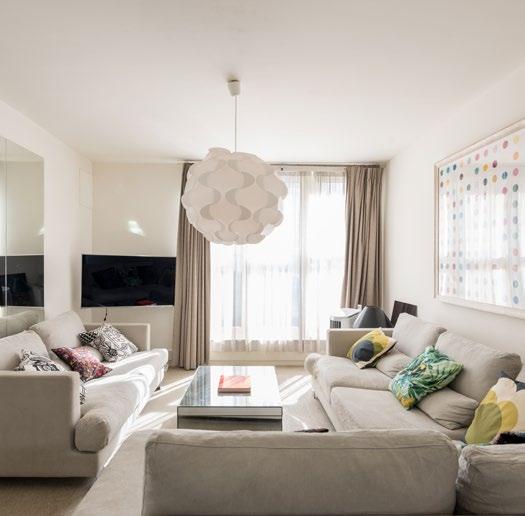
• Roof Terrace
• Balcony
• Long Let
• 1500 sq. ft.
TO LET

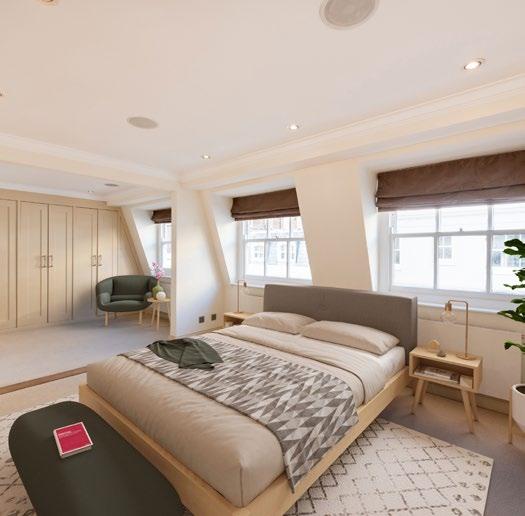
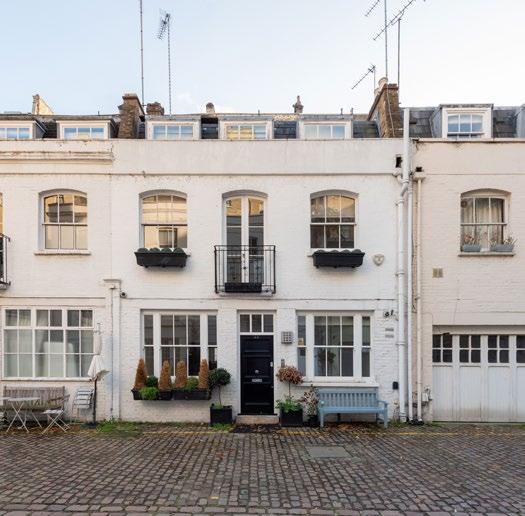

TO LET SW7 PETERSHAM PLACE £1,750 pw • 4 Bedrooms • 3 Reception Rooms • 5 Bathrooms • Unfurnished • Long Let • 2087 sq. ft.
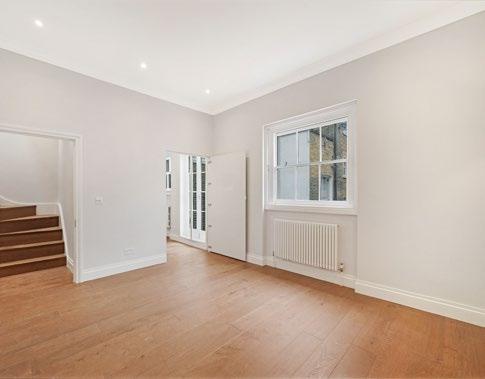


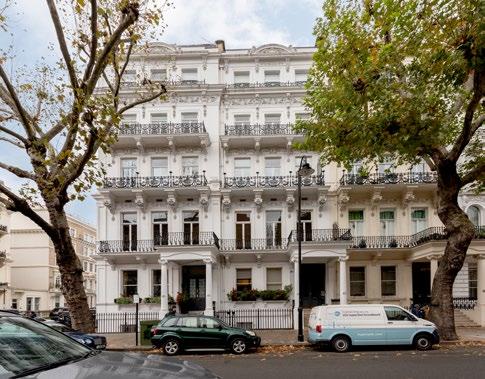



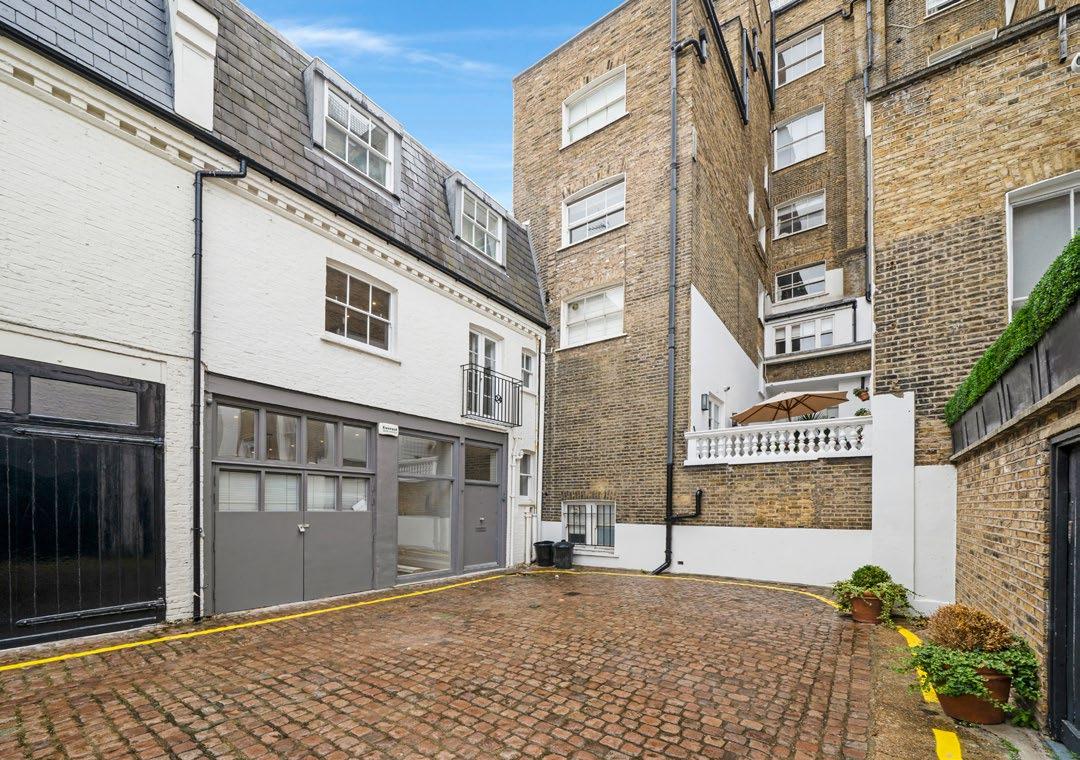
SW7 • £1,962 pw QUEEN’S GATE PLACE MEWS • 4 Bedrooms • 1 Reception Room • 3 Bathrooms • Unfurnished • Long Let • 1581 sq. ft. SW7 • £2,700 pw QUEEN’S GATE 3 Bedrooms • 1 Reception Room • 3 Bathrooms • Penthouse • Unfurnished • Long Let • 2785 sq. ft. • TO LET

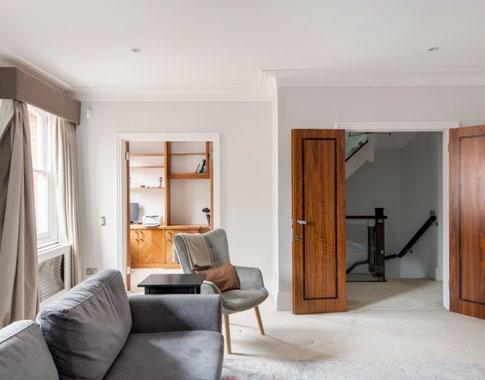


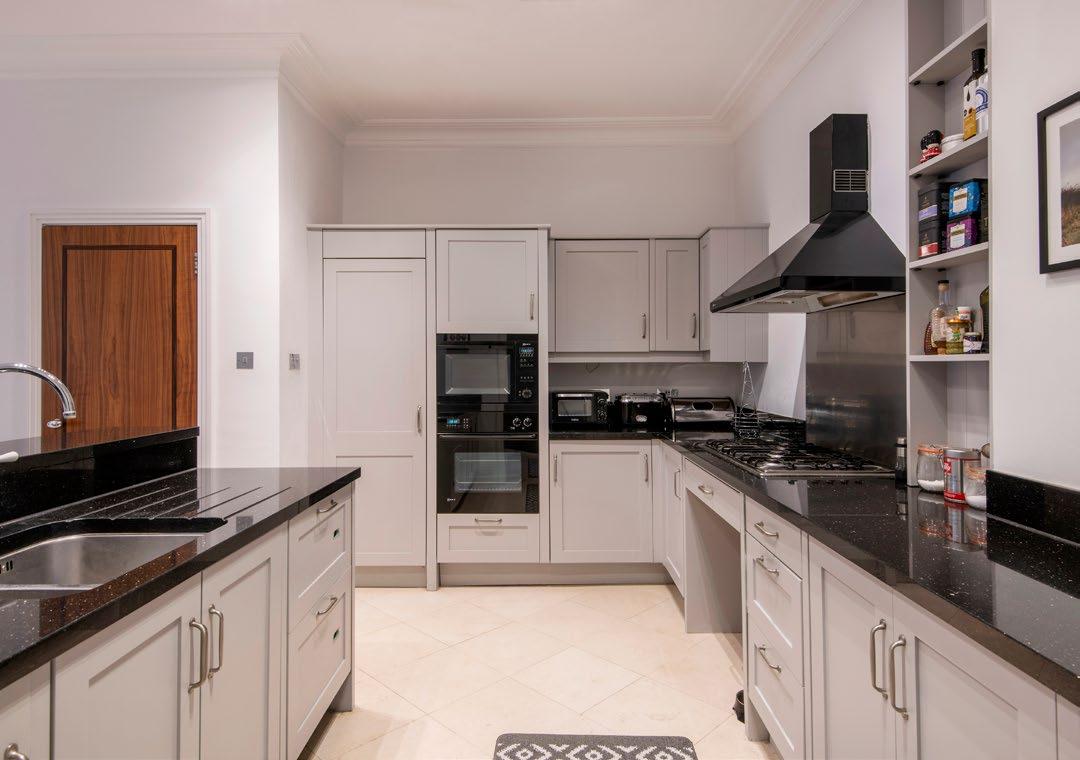
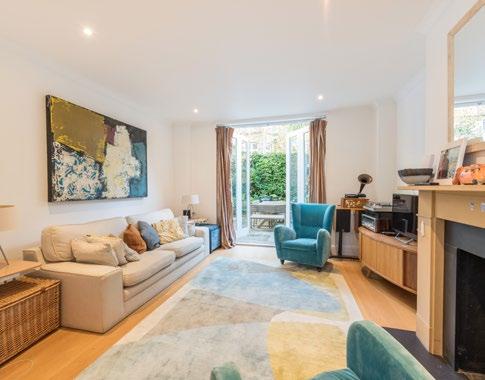
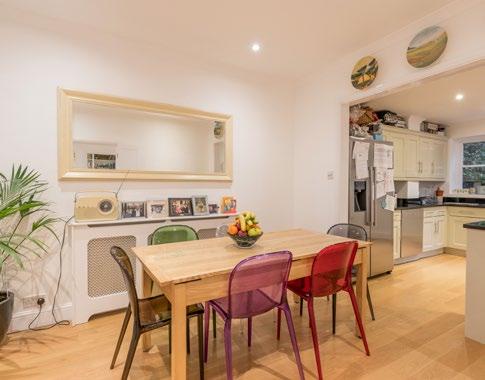
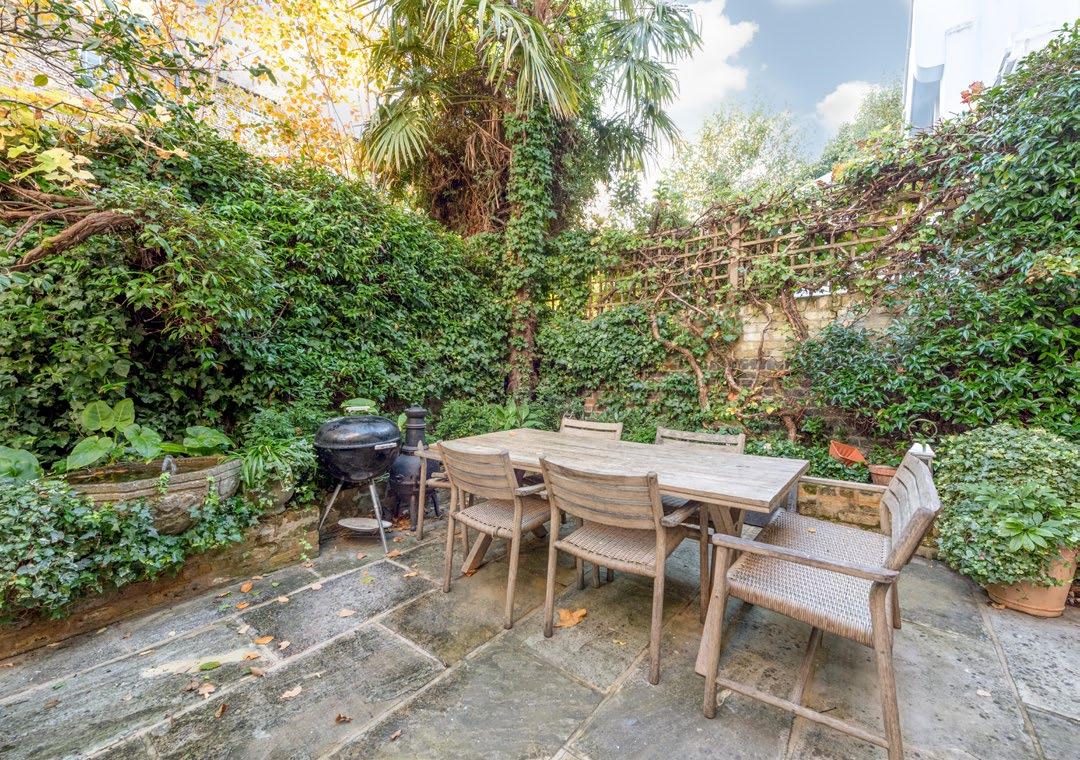
W11 • £1,600 pw LADBROKE WALK • 3 Bedrooms • 1 Reception Room • 3 Bathrooms • Garden • Unfurnished • Long Let • 1563 sq. ft. W8 • £1846 pw ADAM & EVE MEWS 3 Bedrooms • 2 Reception Rooms • 2 Bathrooms • Roof Terrace • Garage • Unfurnished • Long Let • 1882 sq. ft. • TO LET

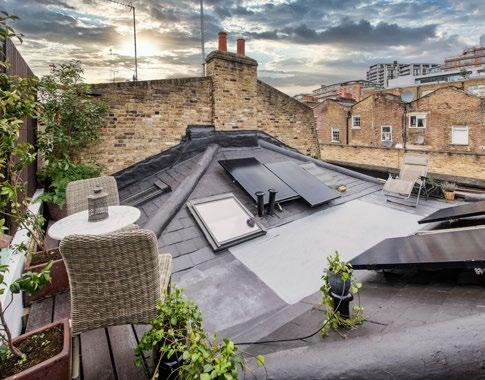
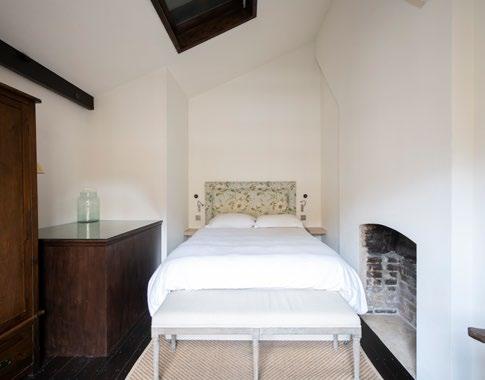

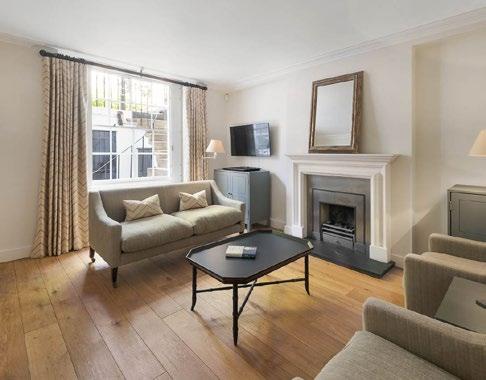


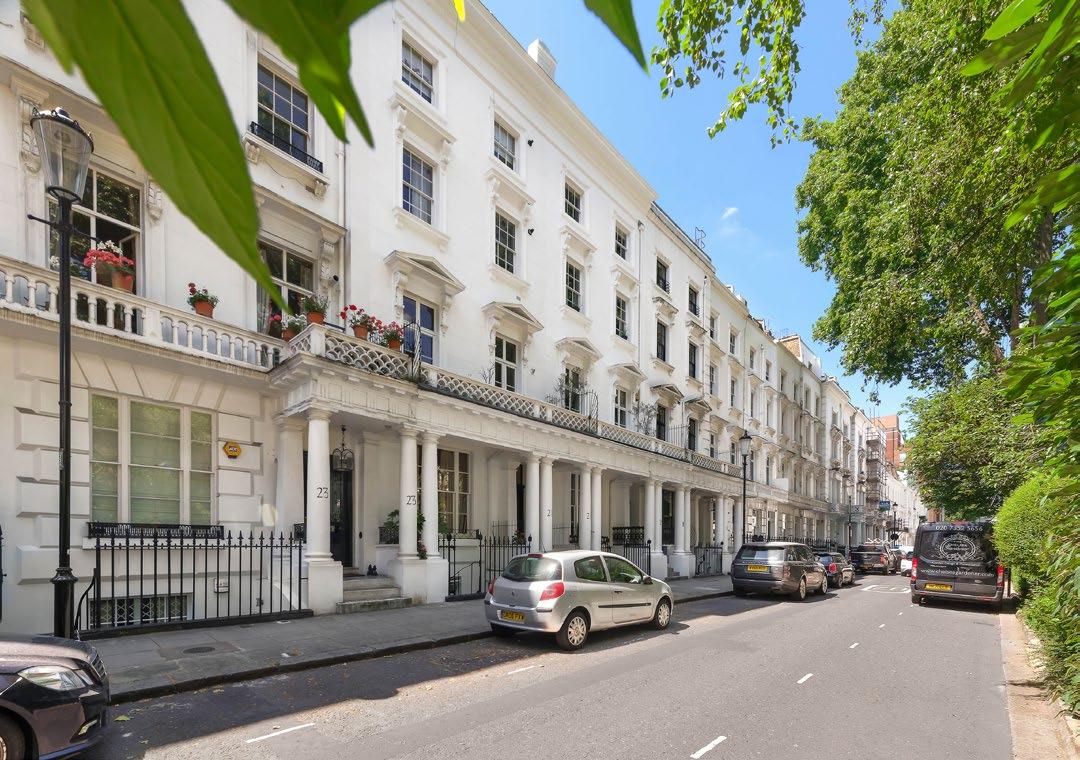
W2 • £1,100 pw JUNCTION MEWS • 3 Bedrooms • 2 Reception Rooms • 2 Bathrooms • Part Furnished • Long Let • 928 sq. ft. SW3 • £1,250 pw OVINGTON SQUARE 2 Bedrooms • 1 Reception Room • 2 Bathrooms • Garden • Unfurnished • Long Let • 1100 sq. ft. • TO LET


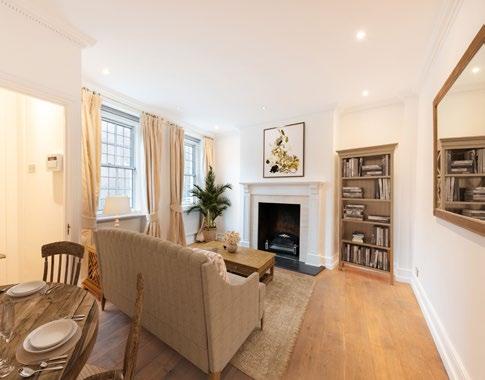
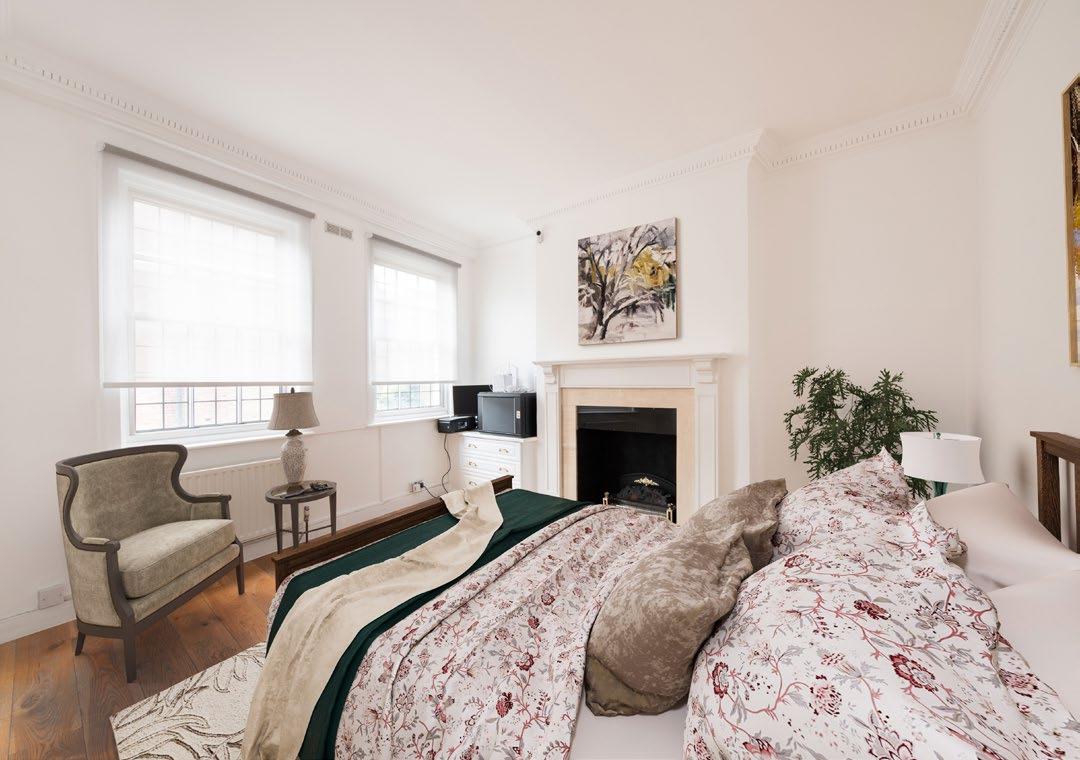


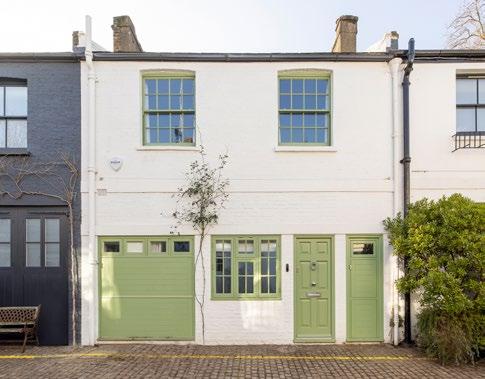
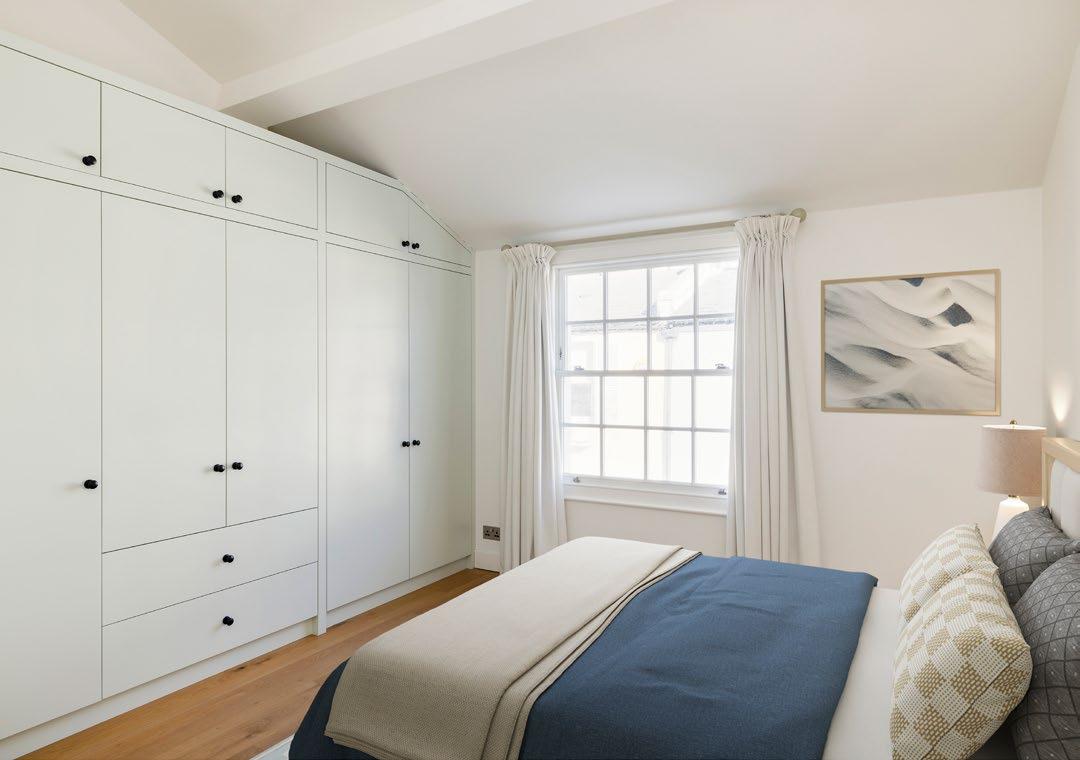
W1J • £831 pw HAYS MEWS • 1 Bedroom • 1 Reception Room • 1 Bathroom • Unfurnished • Long Let • 566 sq. ft. W11 • £1,095 pw PEMBRIDGE MEWS 2 Bedrooms • 1 Reception Room • 1 Bathroom • Roof Terrace • Unfurnished • Long Let • 1070sq. ft. • TO LET
W11 • £1,500 pw

CODRINGTON MEWS
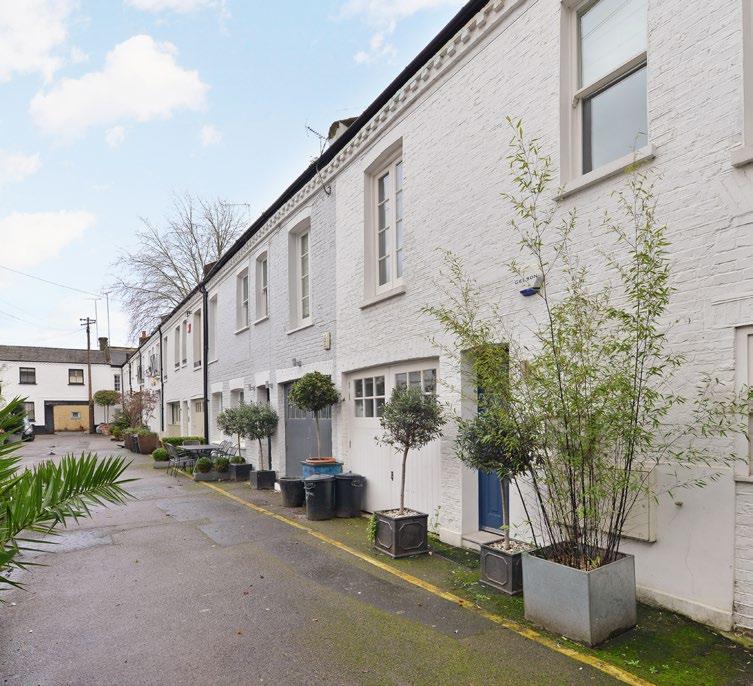
3 Bedrooms • Long Let •
W2 • £1,385 pw
HYDE PARK
GARDENS MEWS

• 3 Bedrooms • Long Let
RECENTLY LET
W2 • £895 pw
BATHURST MEWS
2 Bedrooms • Long Let •
NW8 • £750 pw

HAMILTON CLOSE
• 2 Bedrooms • Long Let
And several others...
LET
THE LAST WORD IN MEWS



8 Ladbroke Grove, Notting Hill, London W11 3BG 37-41 Sussex Place, Hyde Park, London W2 2TH 4-5 Kynance Place, South Kensington, London SW7 4QS 020 7590 9955 WWW.LUROTBRAND.CO.UK 2023 Lurot Brand Ltd. No part of this publication may be reproduced without our consent. Produced by FOURLY. Lurot Brand (2) Limited T/A Lurot Brand | Registered in England No. 02035540 Registered Office: 37-41 Sussex Place, London W2 2TH, United Kingdom | VAT no. 629 099 505 | T: 020 7479 1999

 Edited by Amanda Sharpe
Edited by Amanda Sharpe



























































































































































